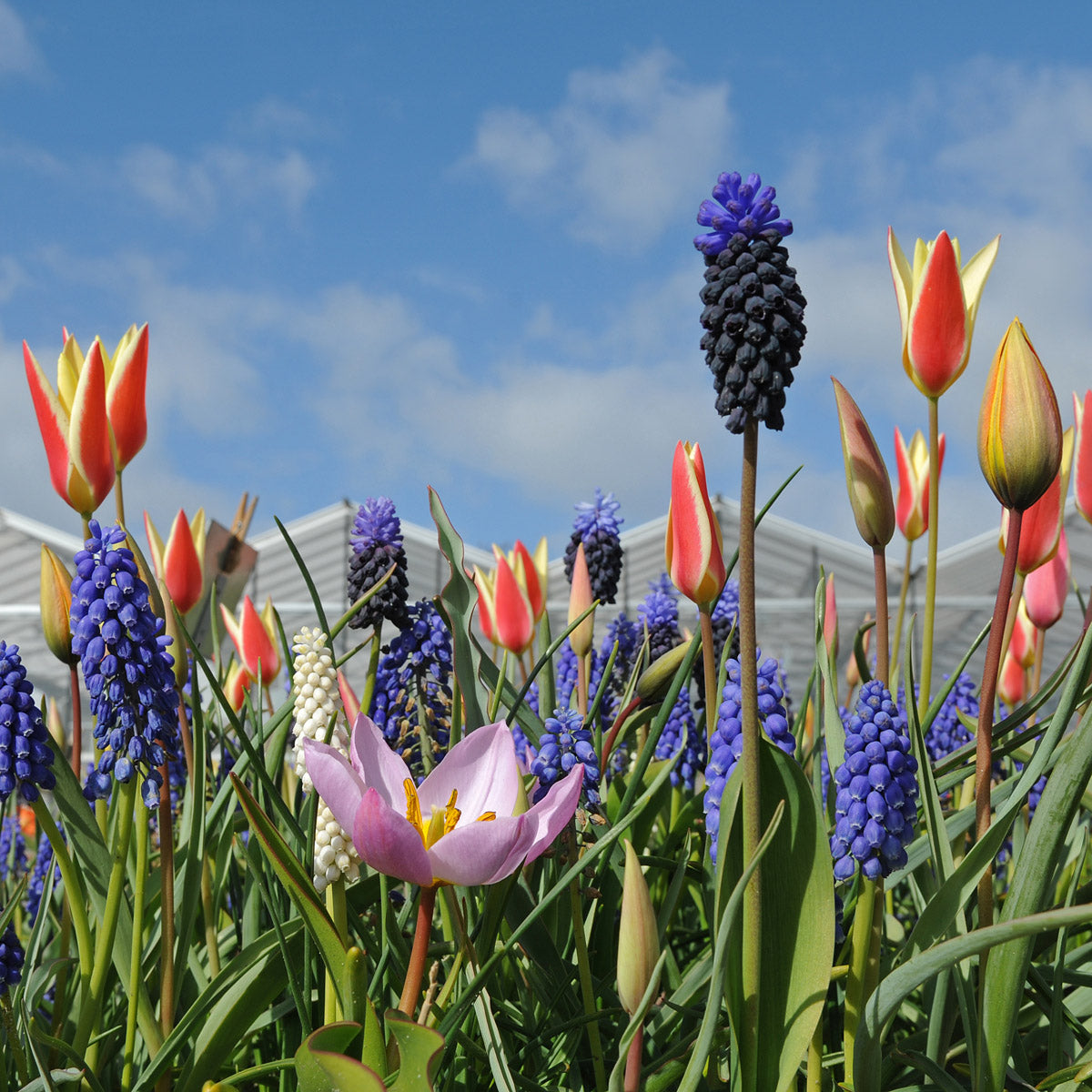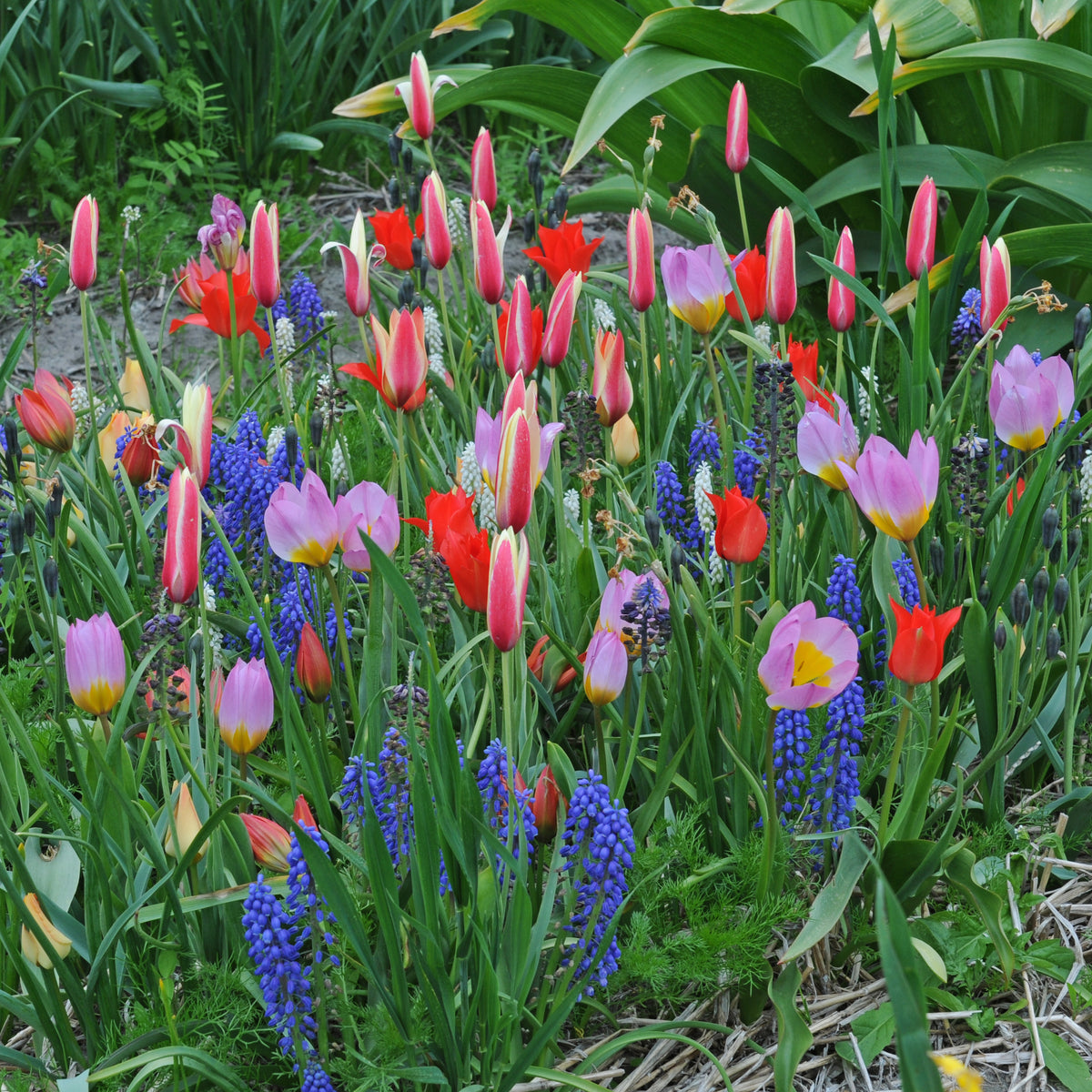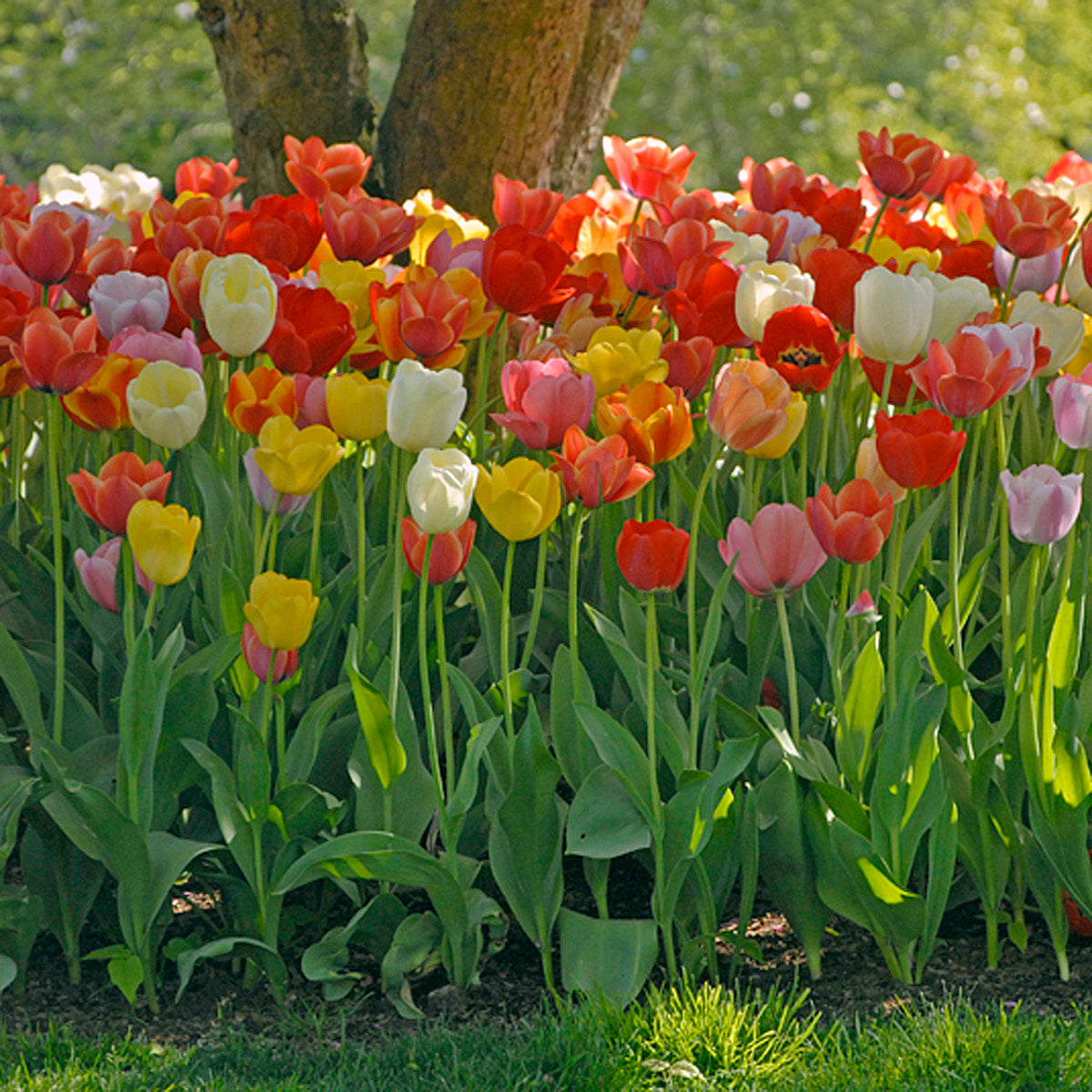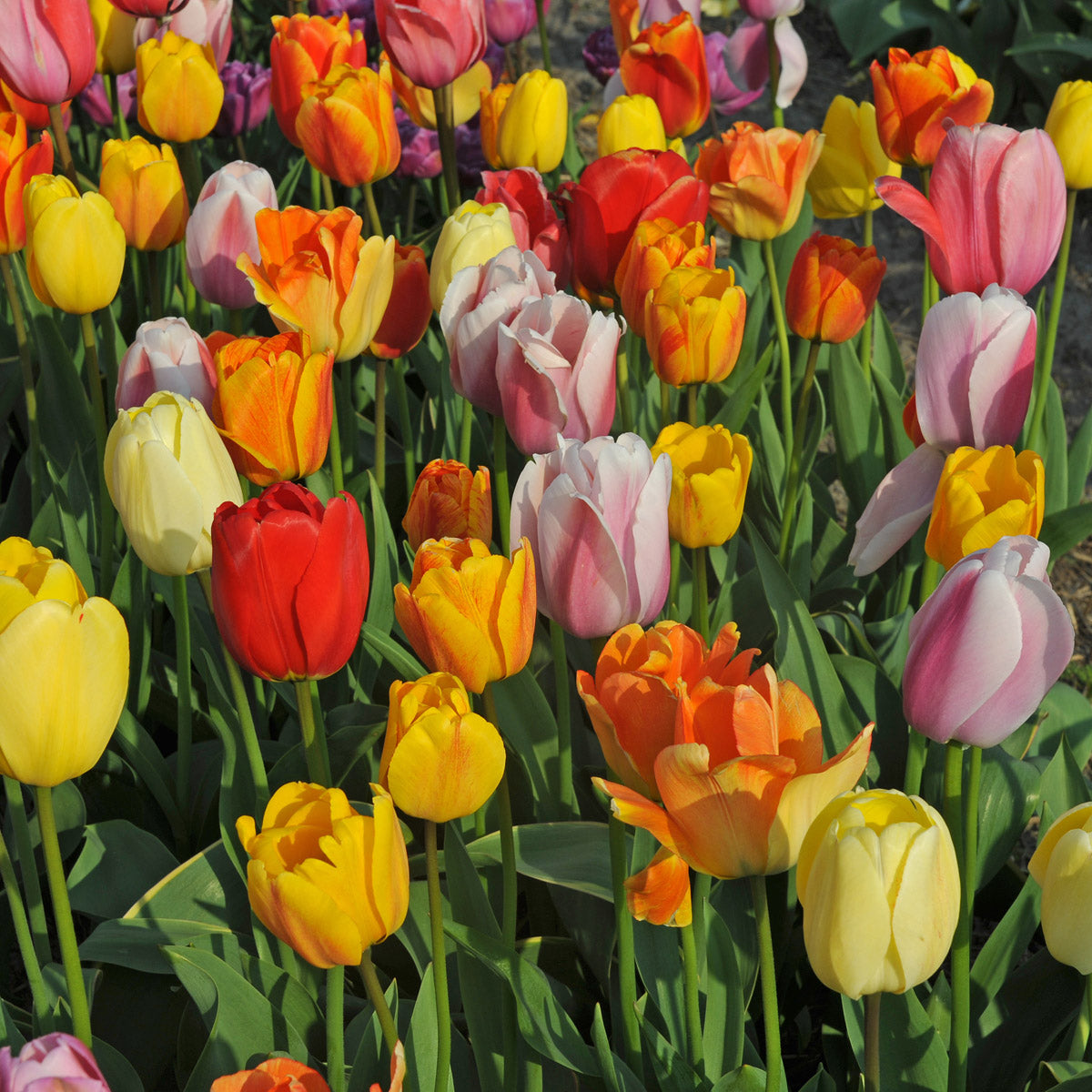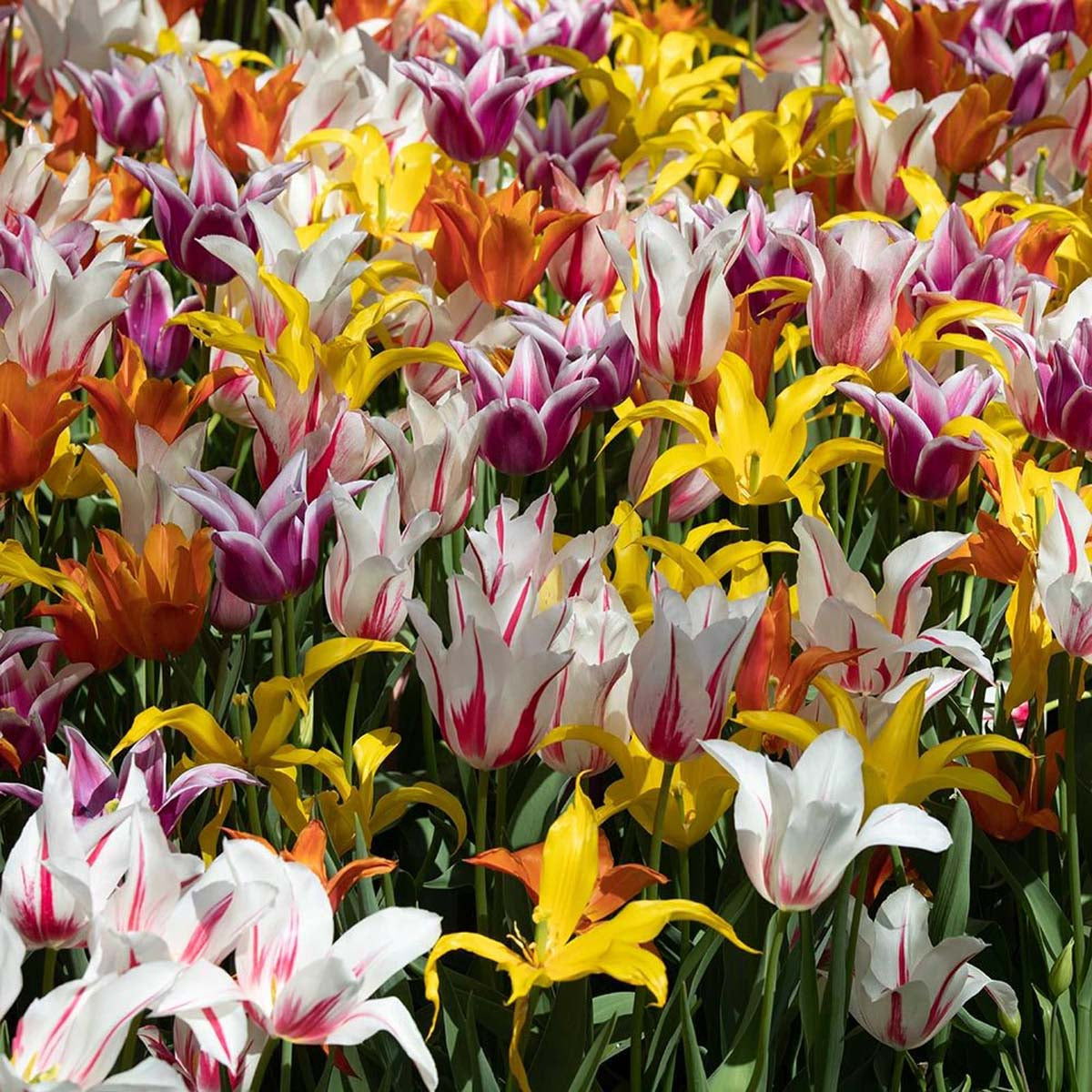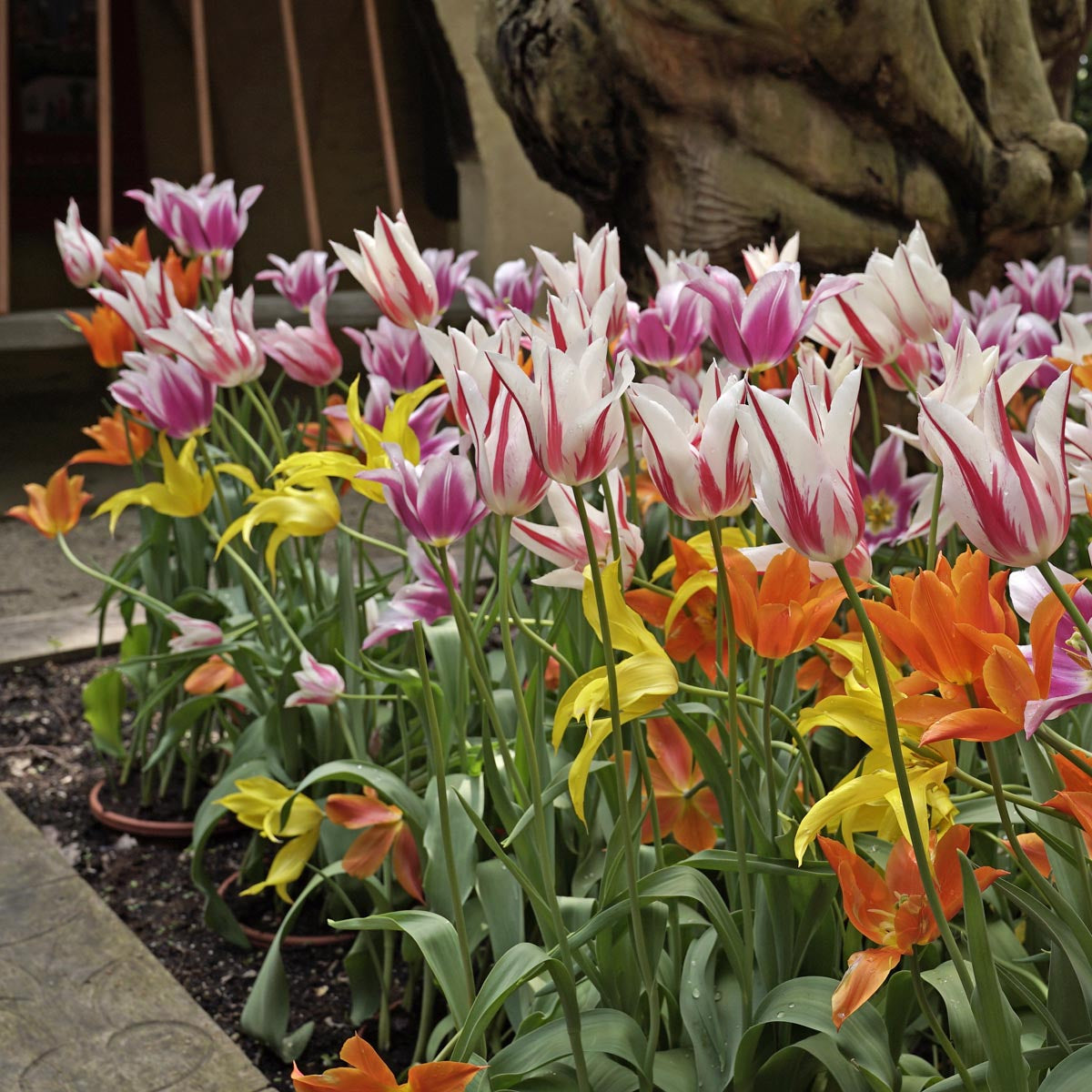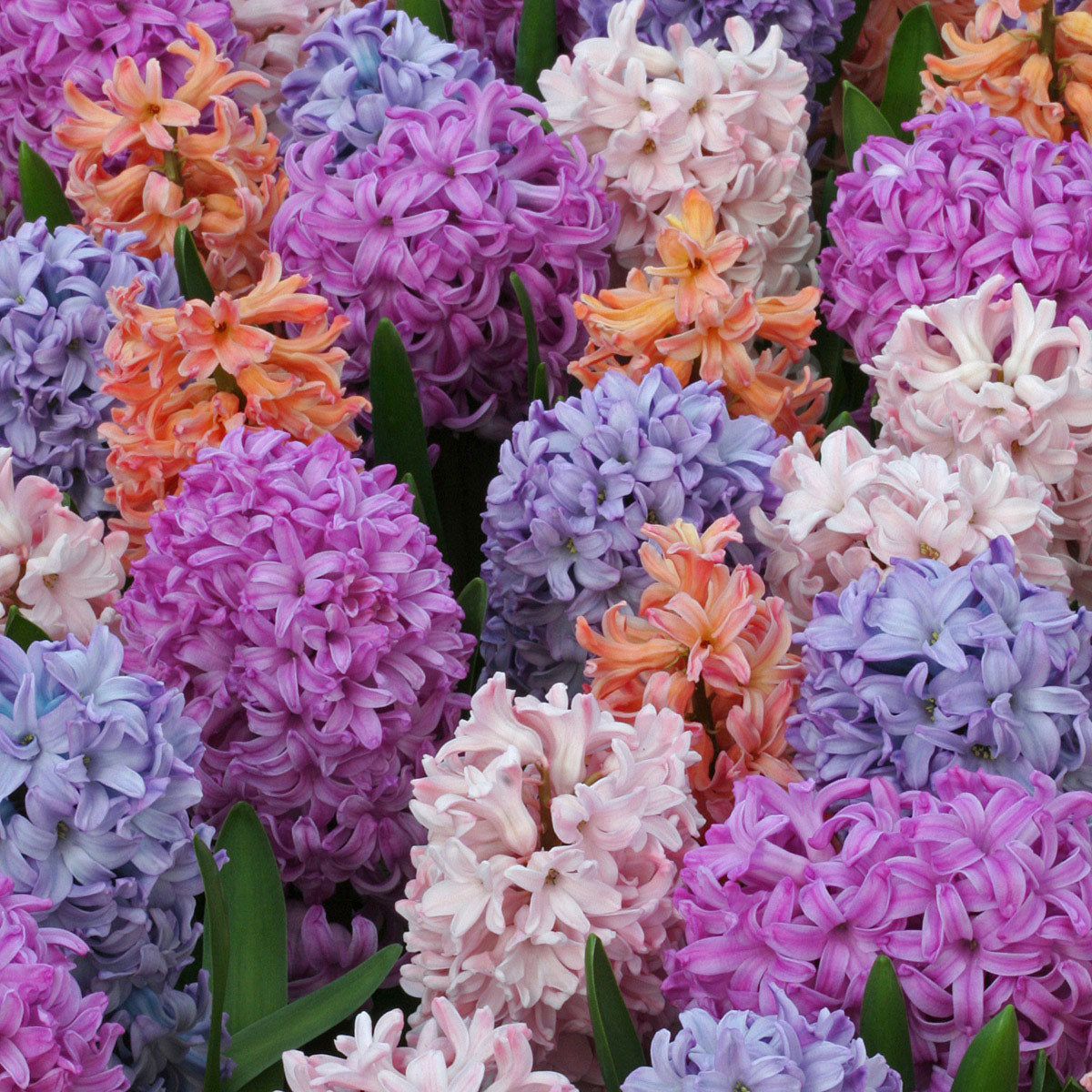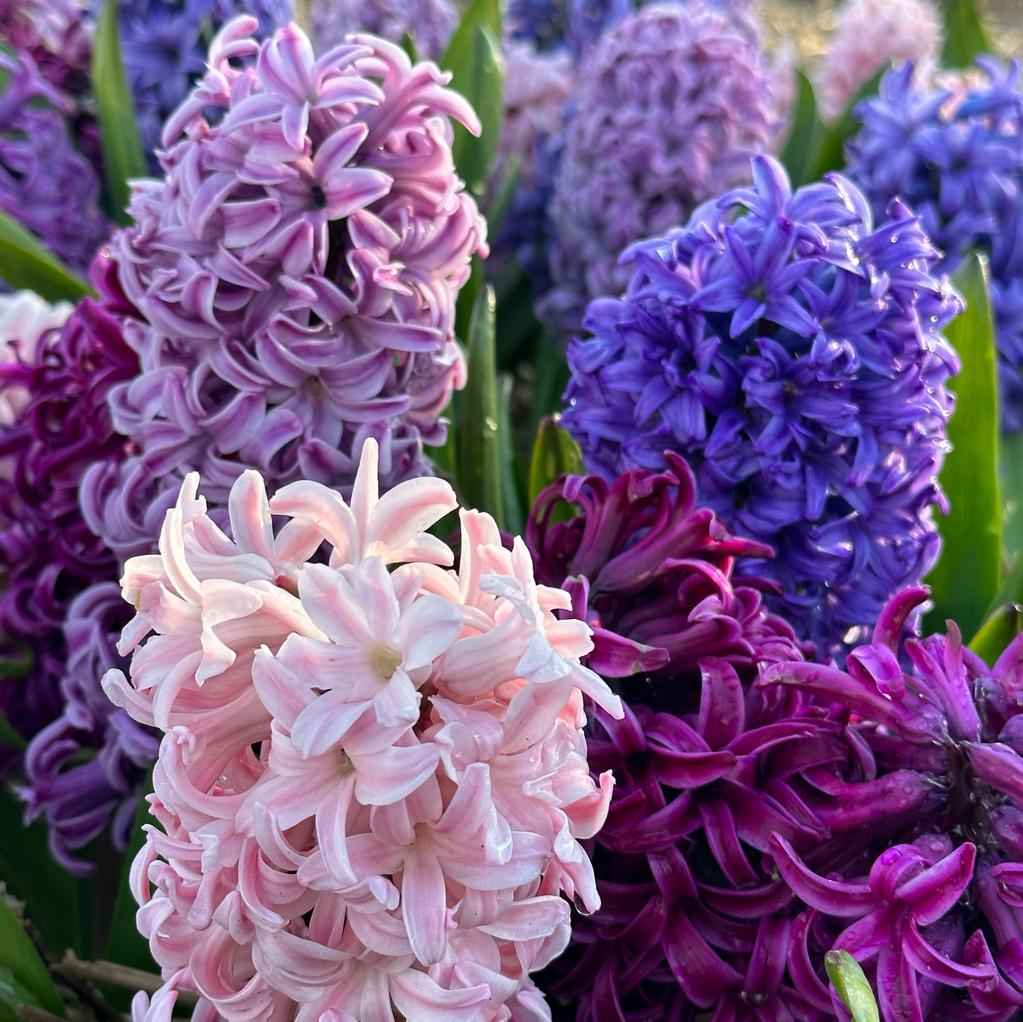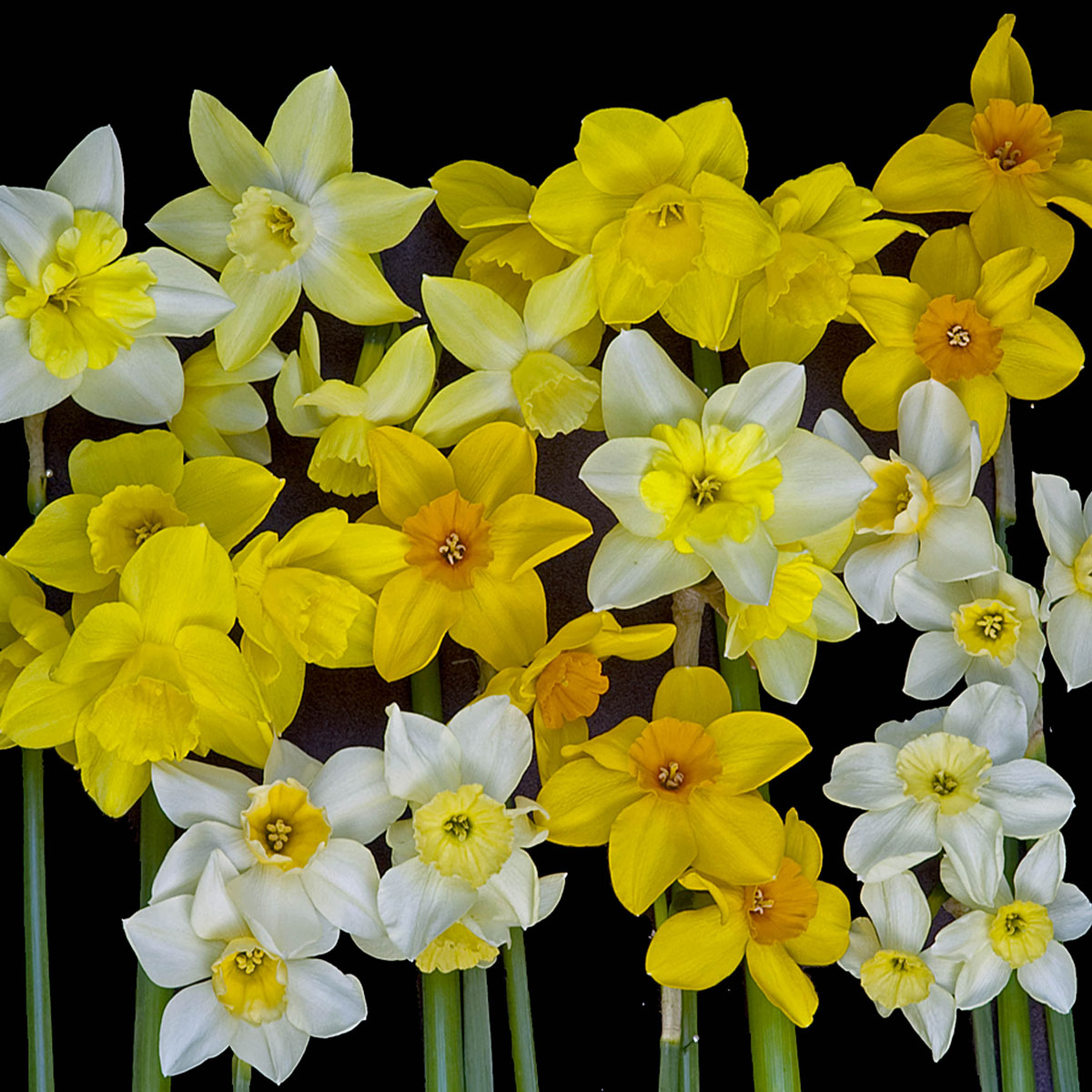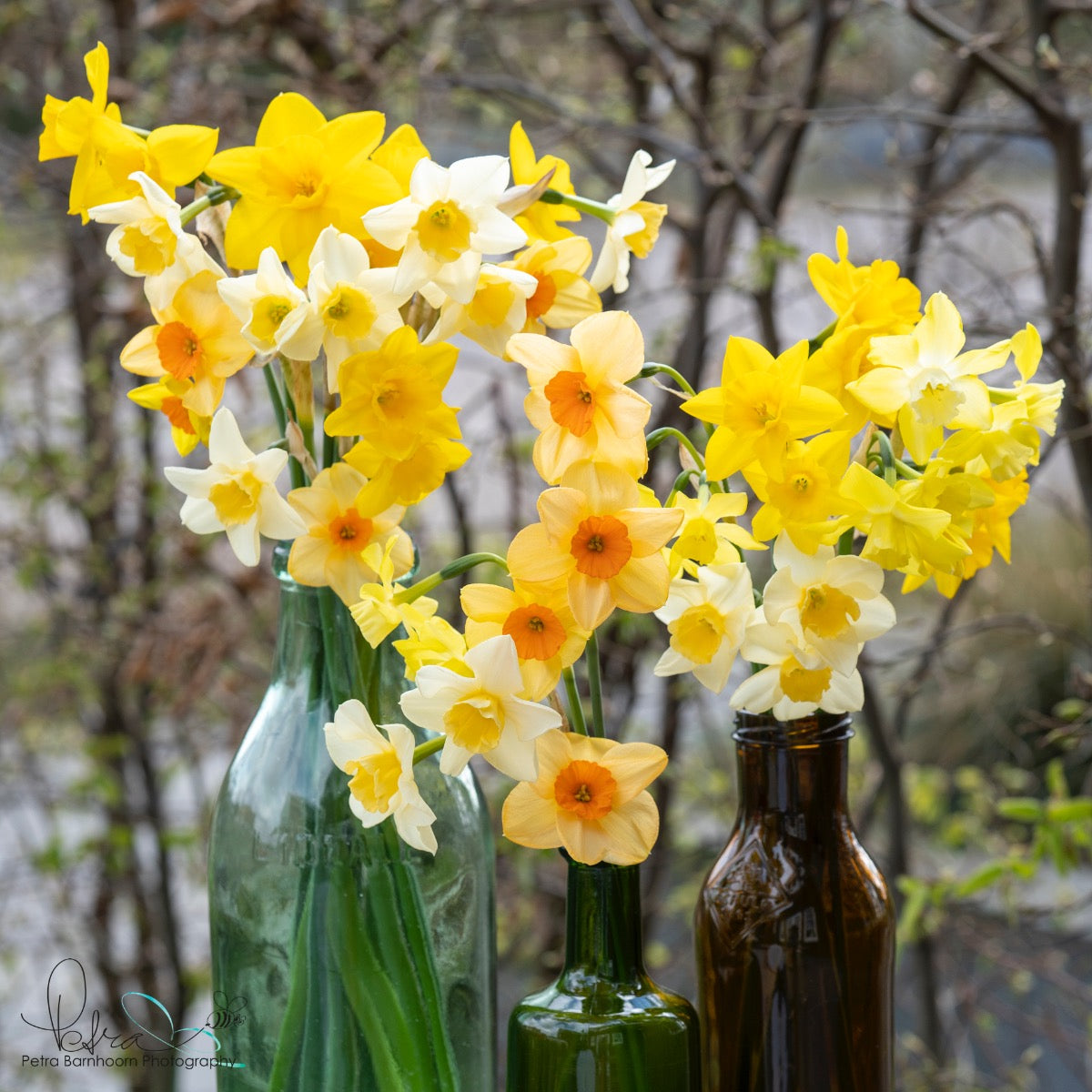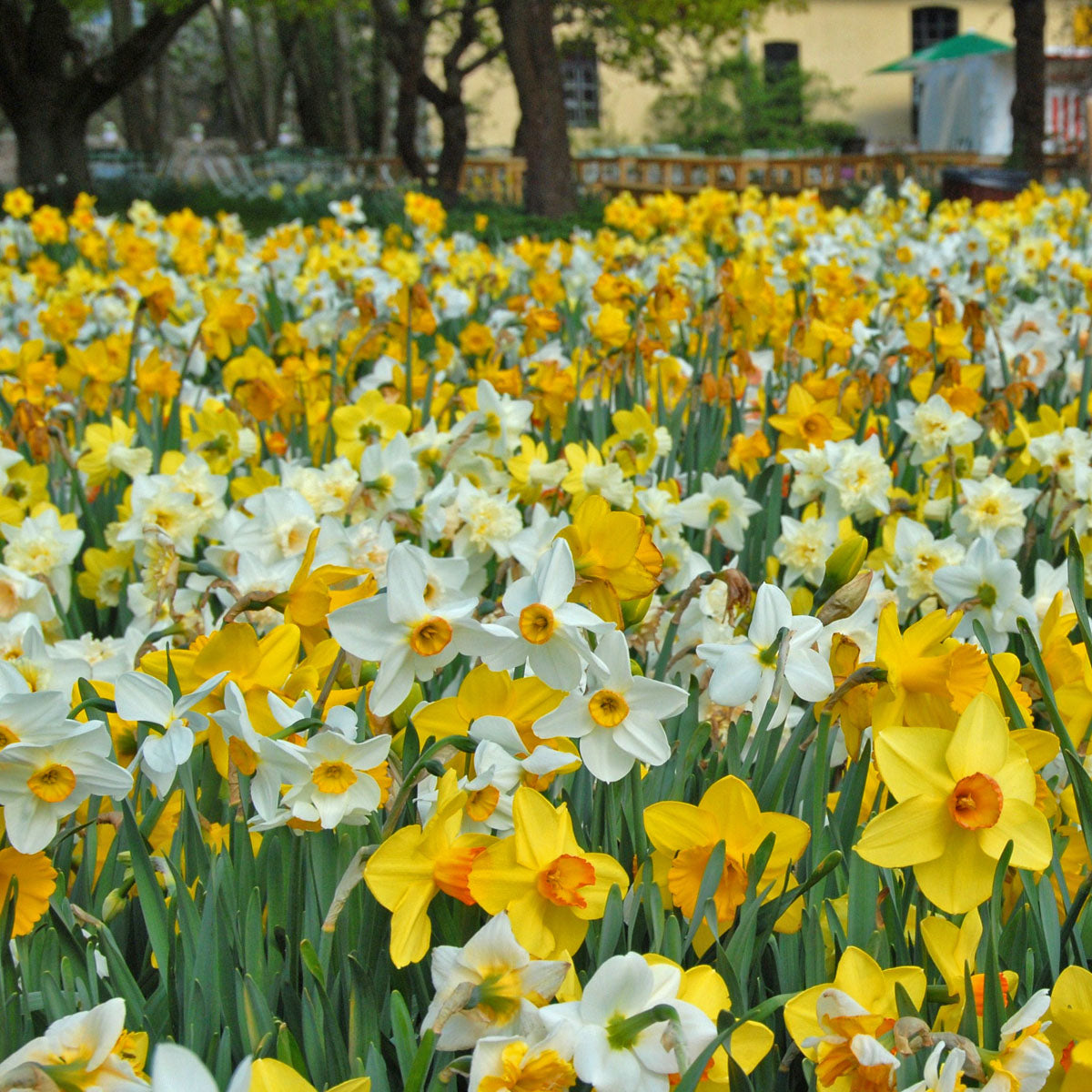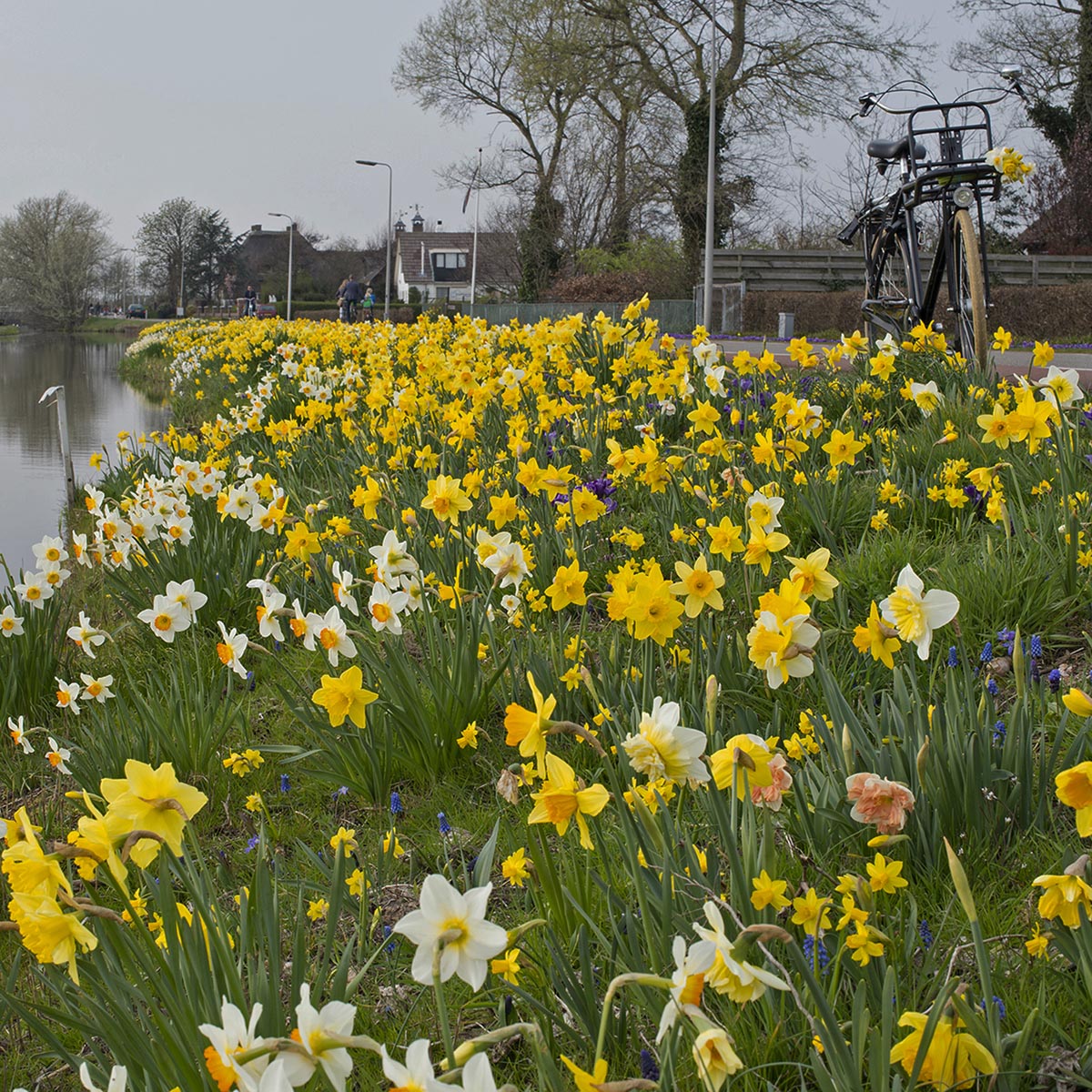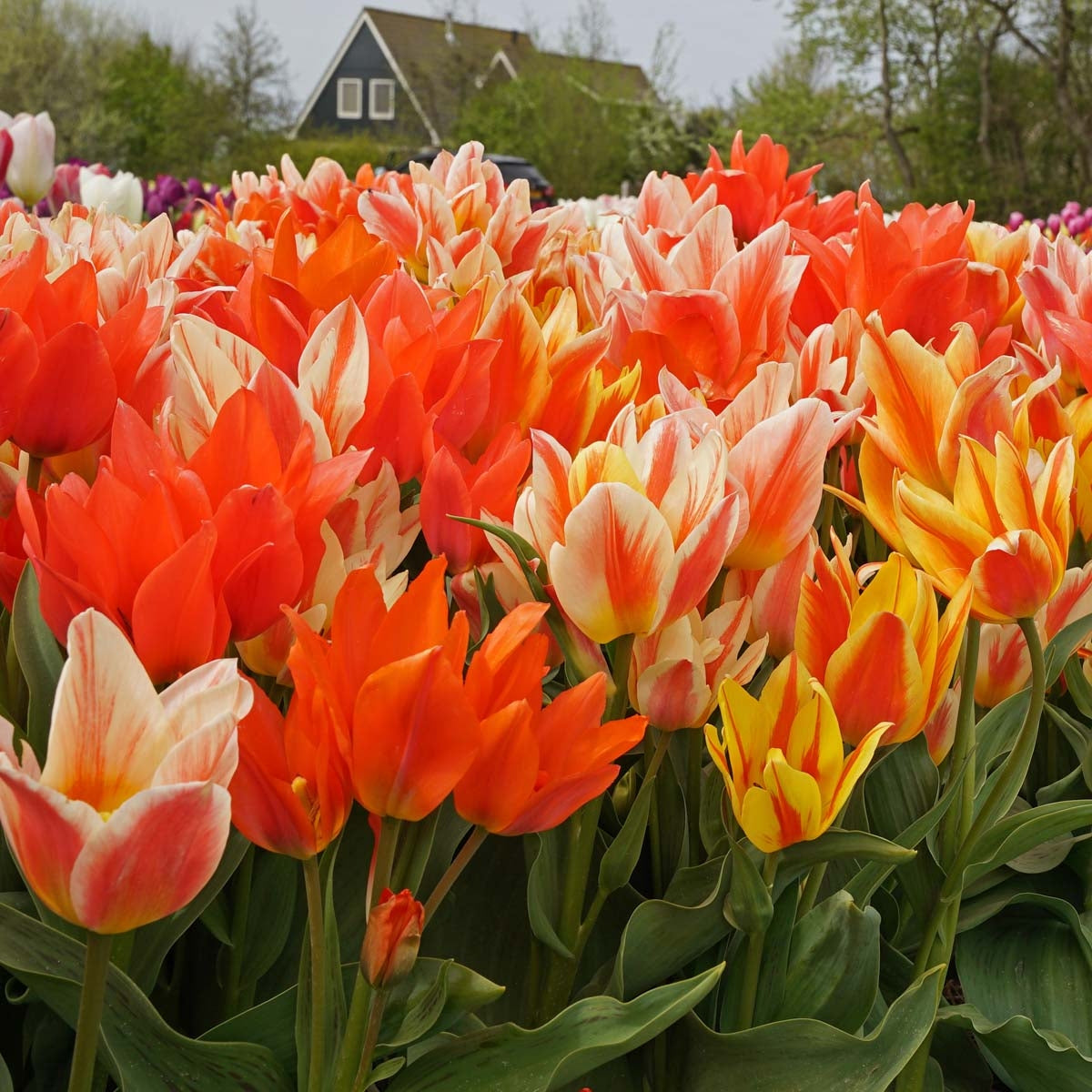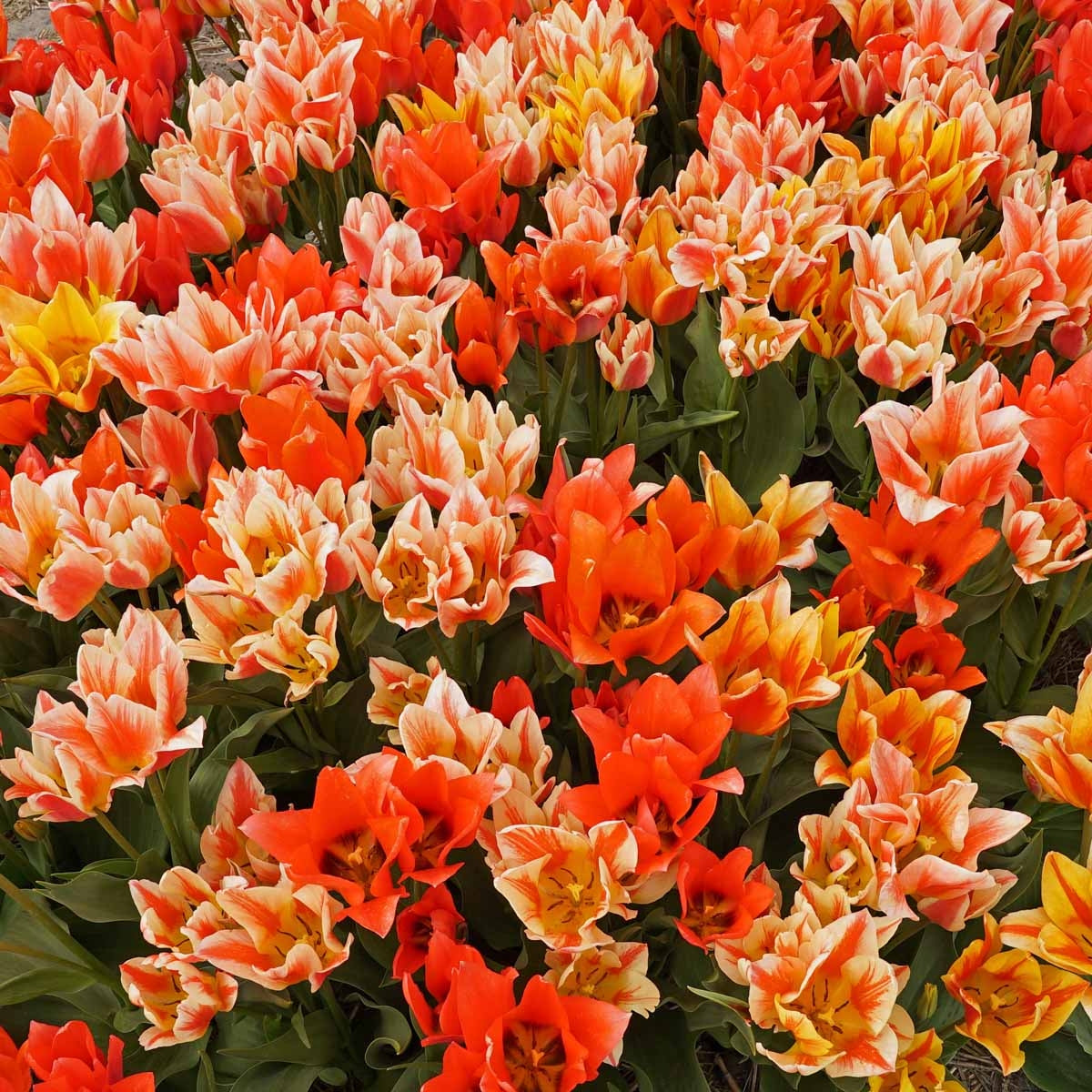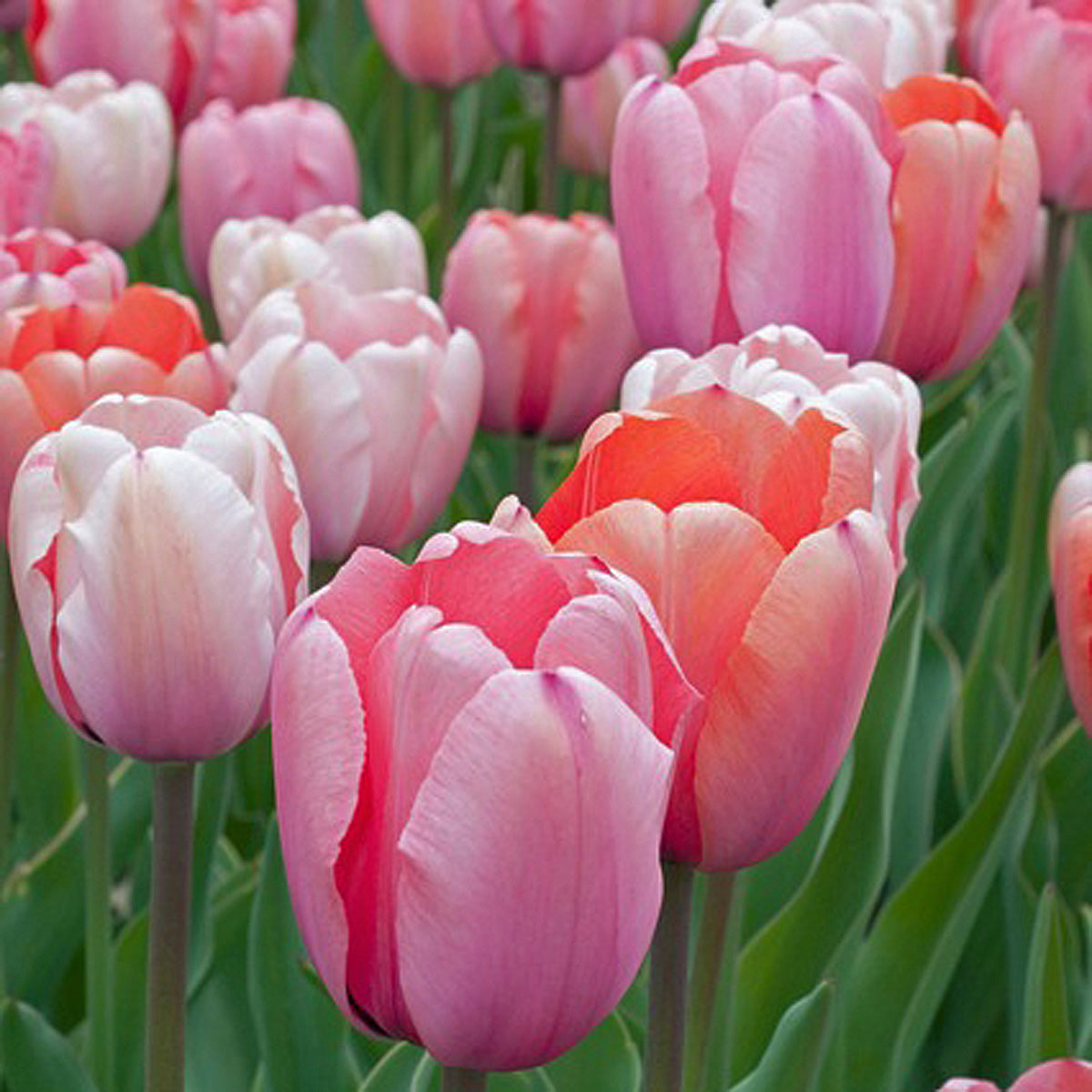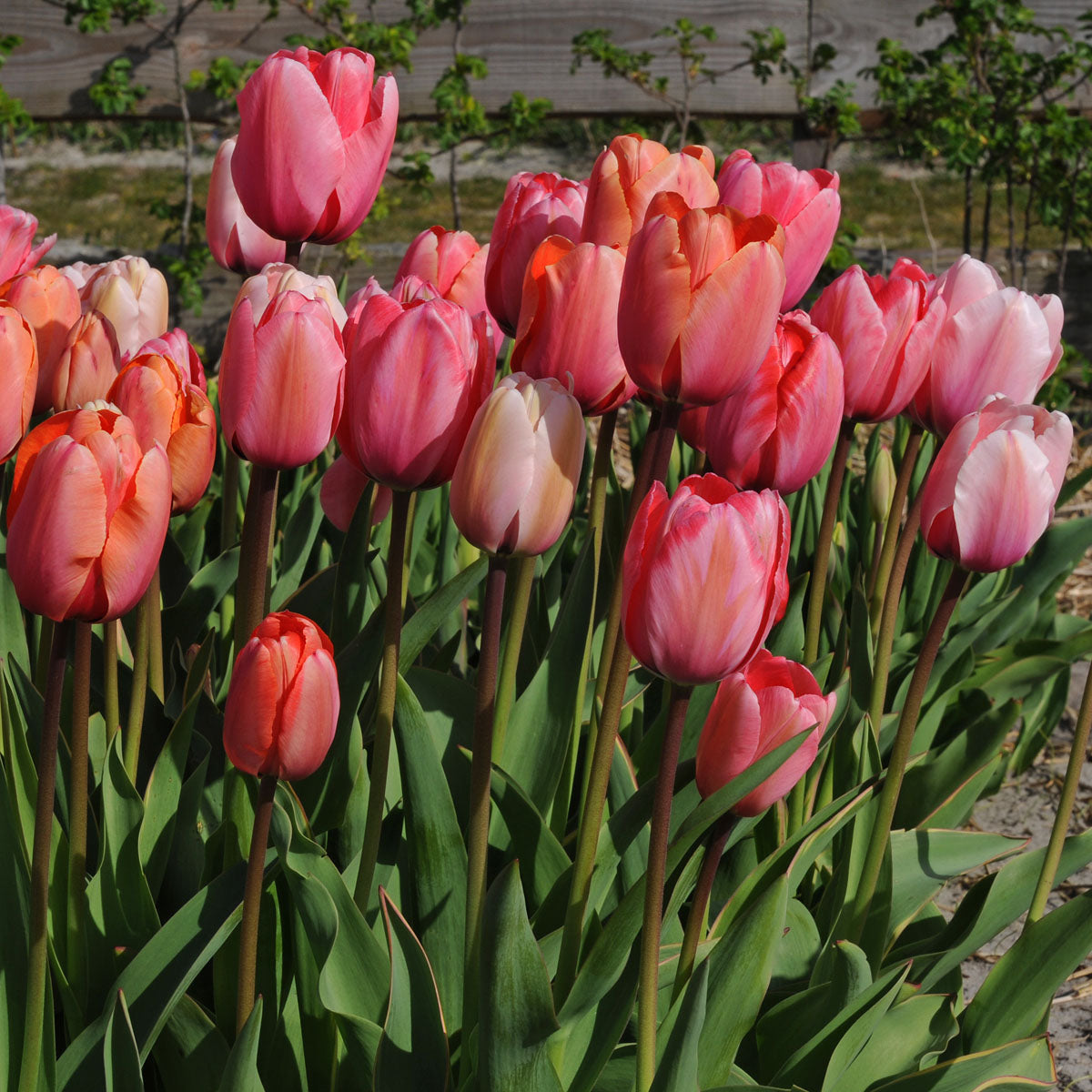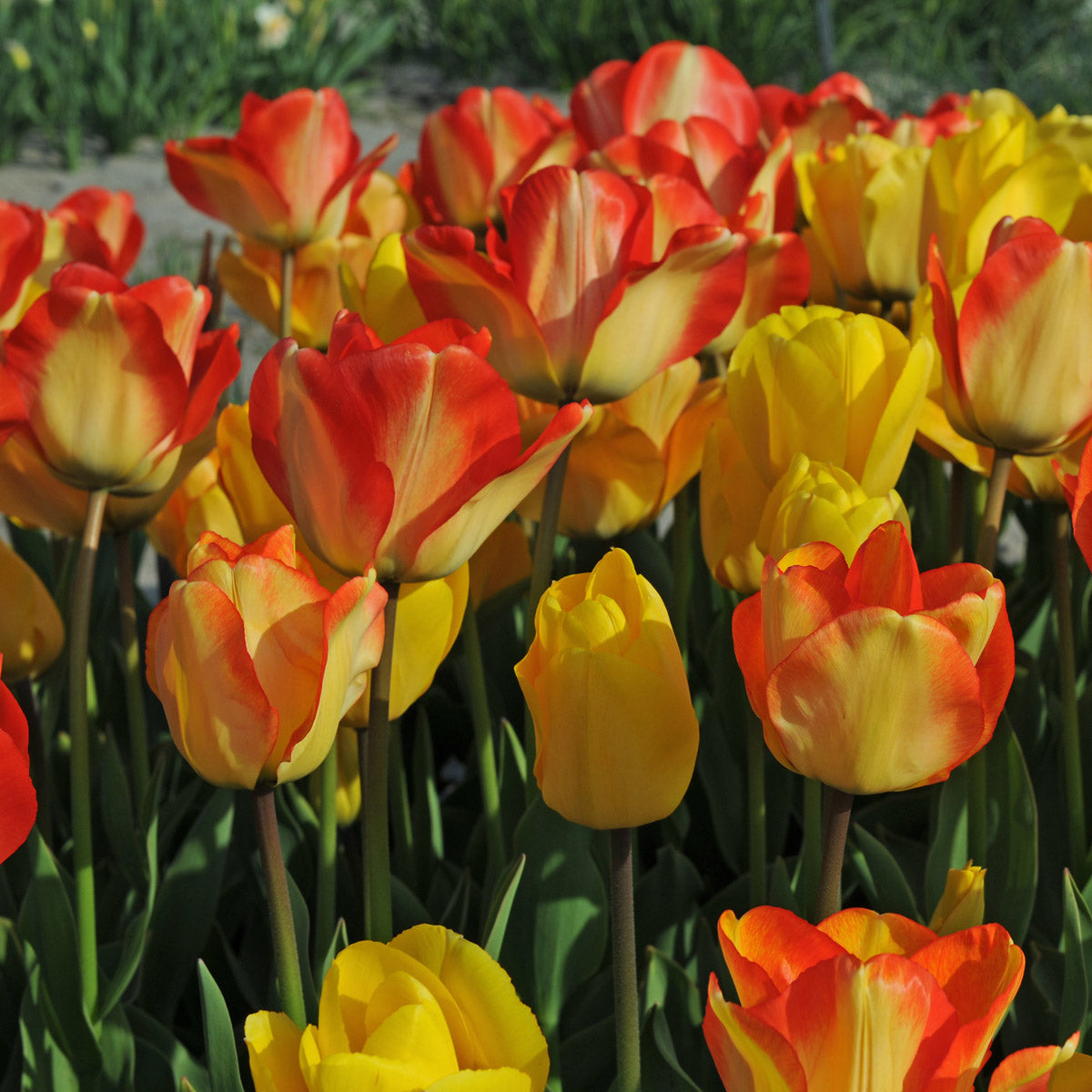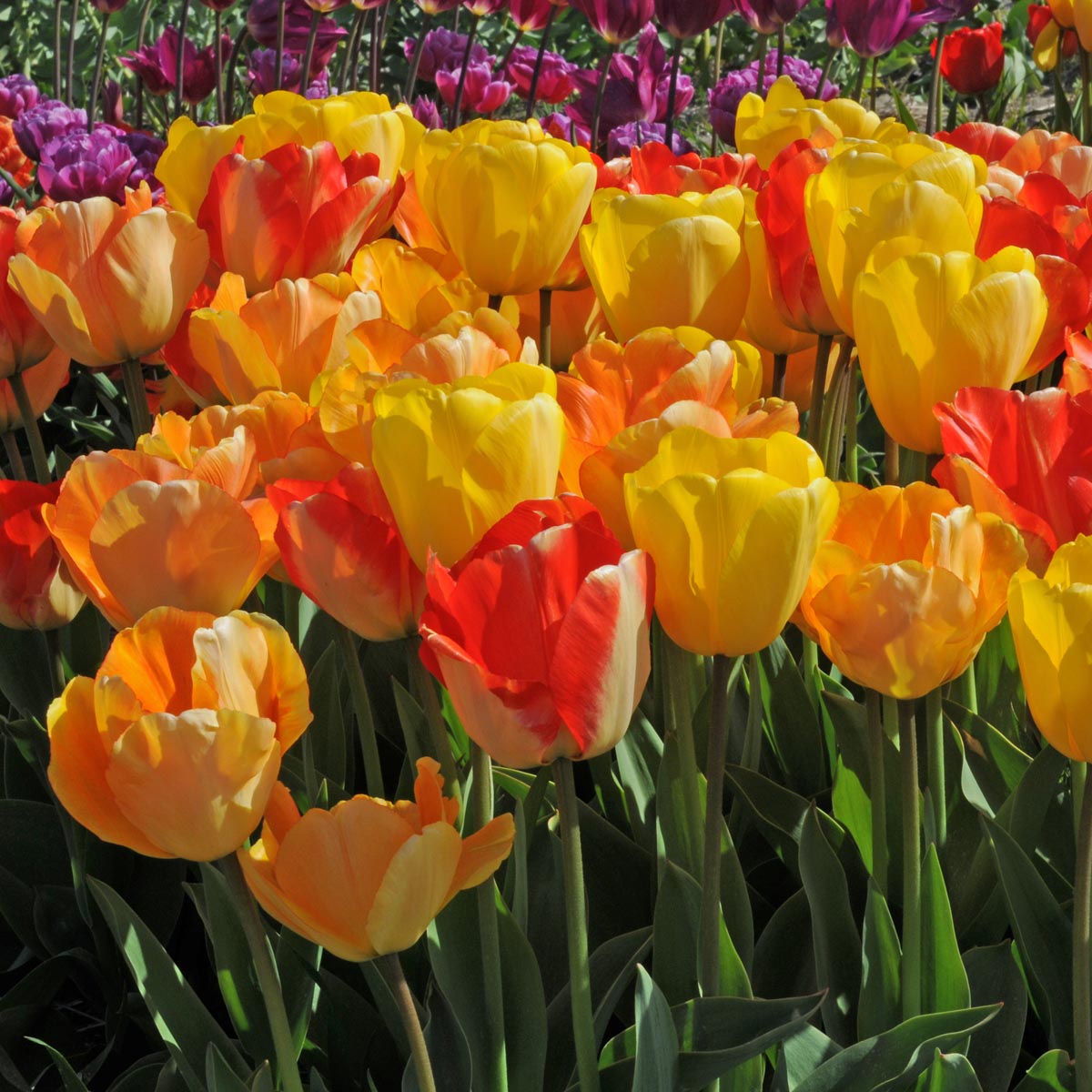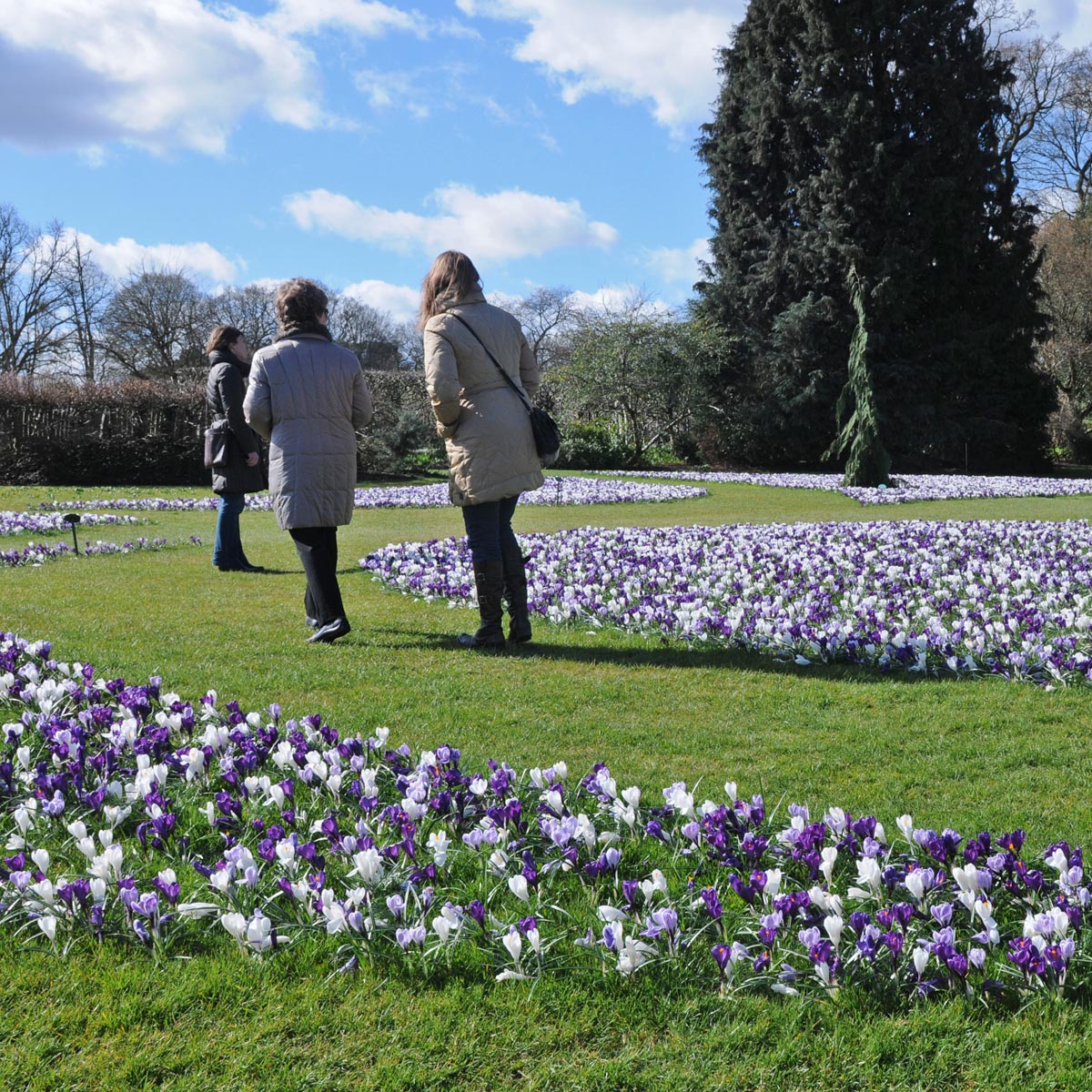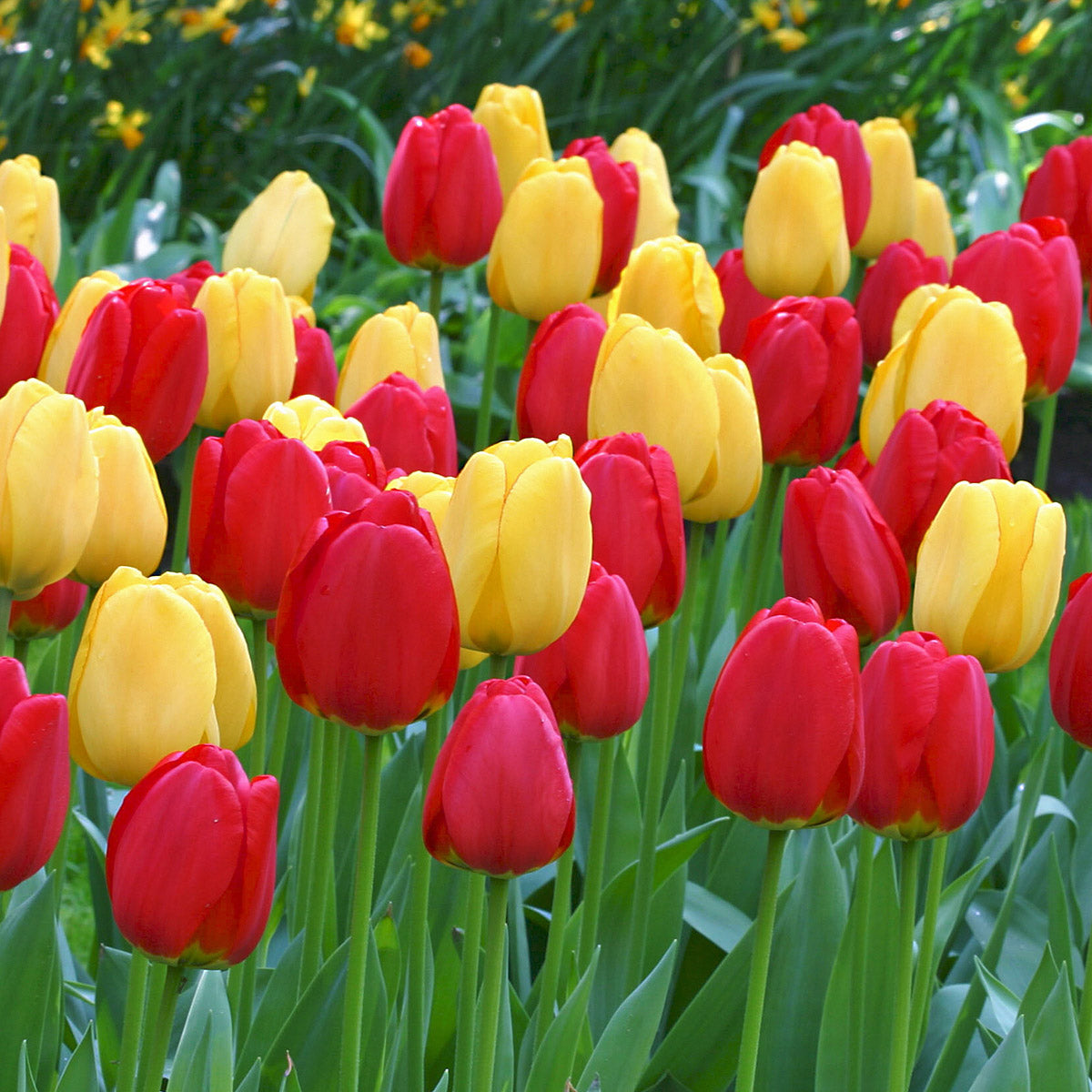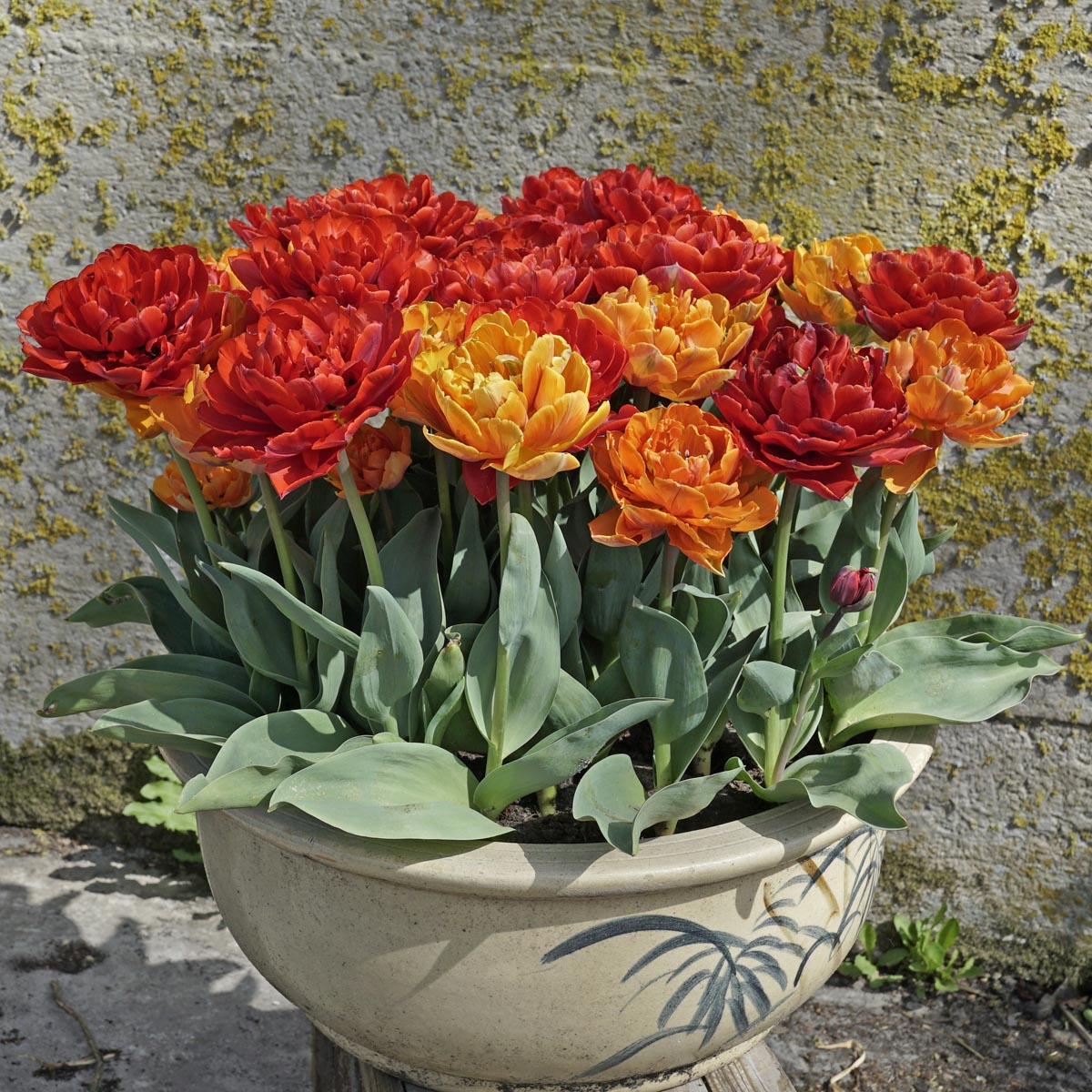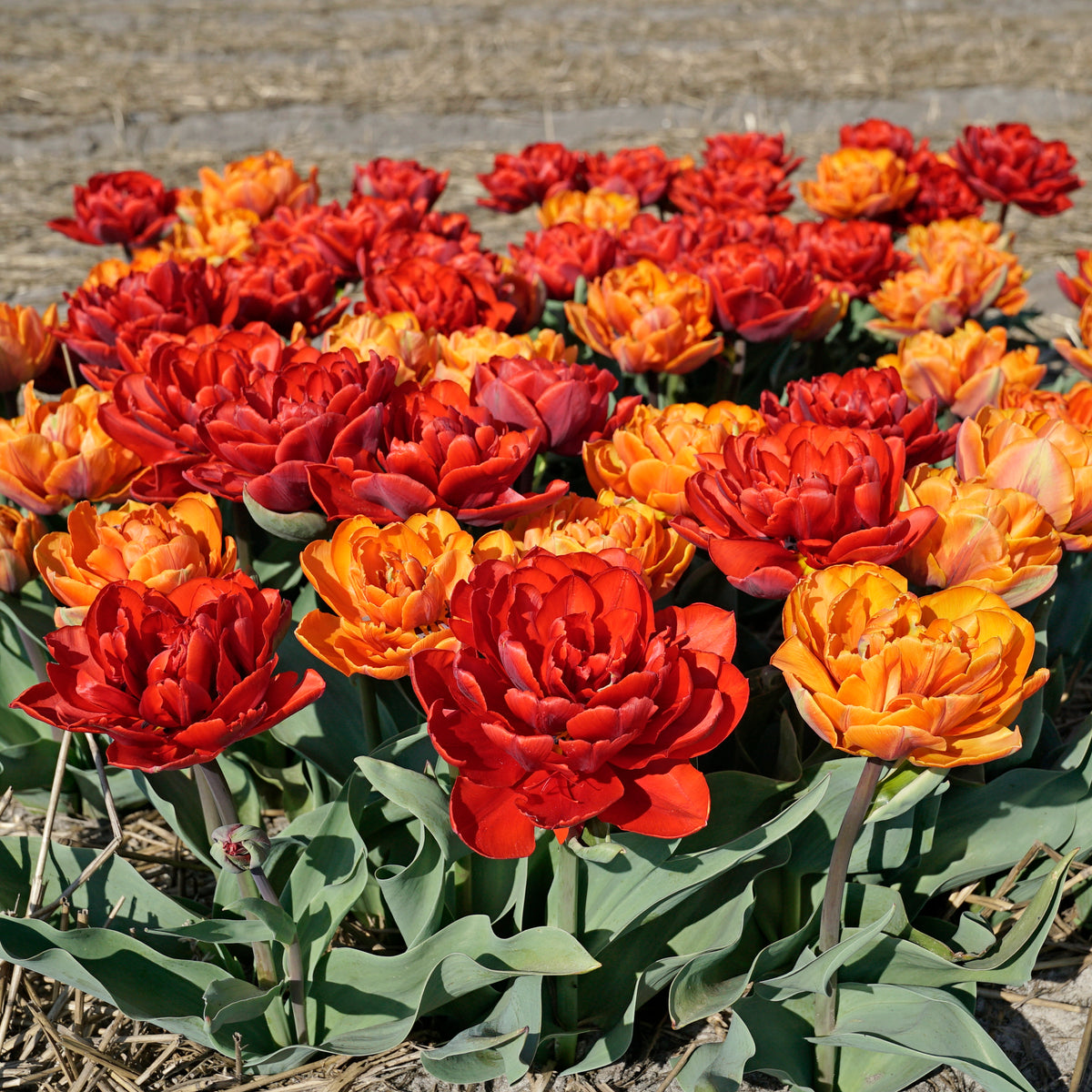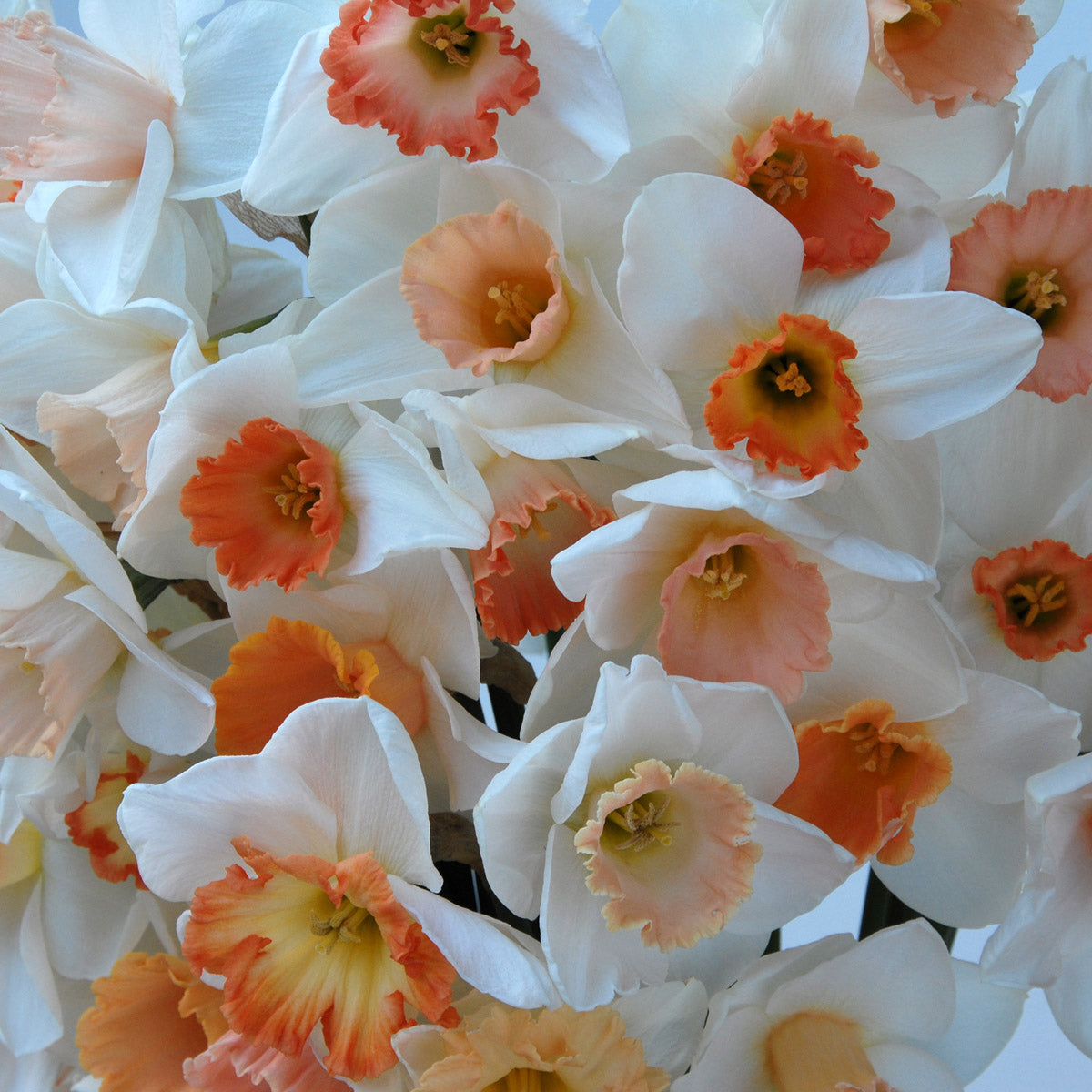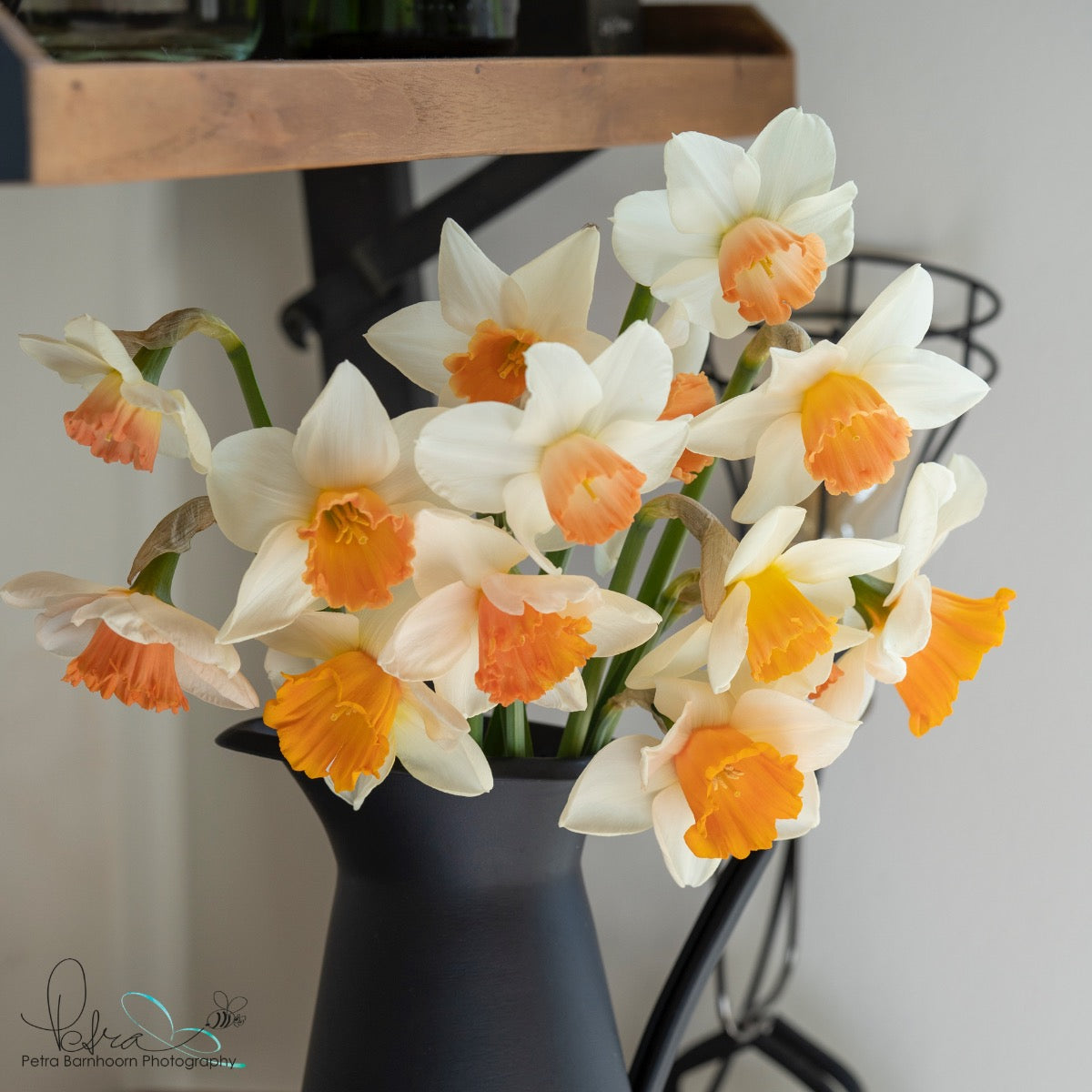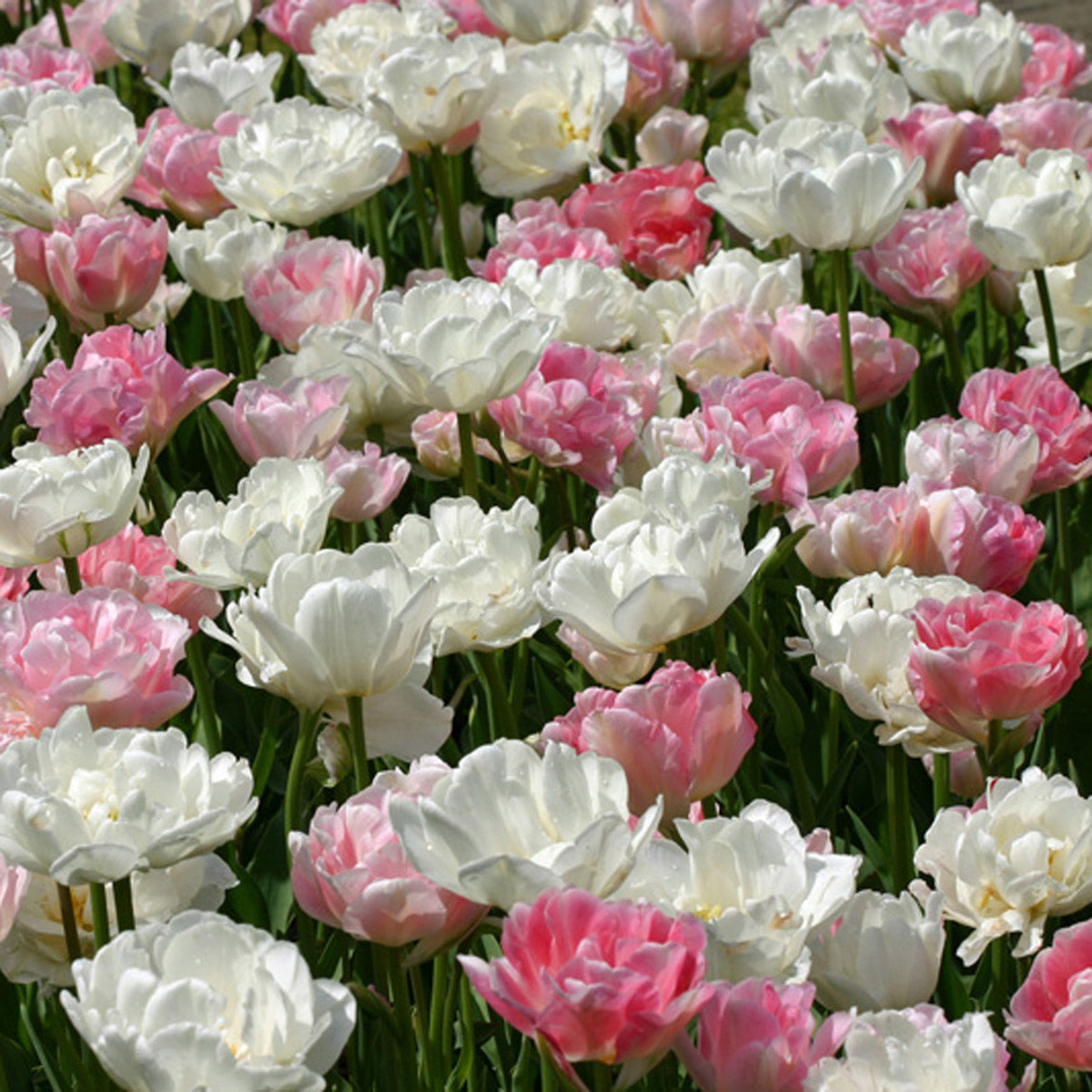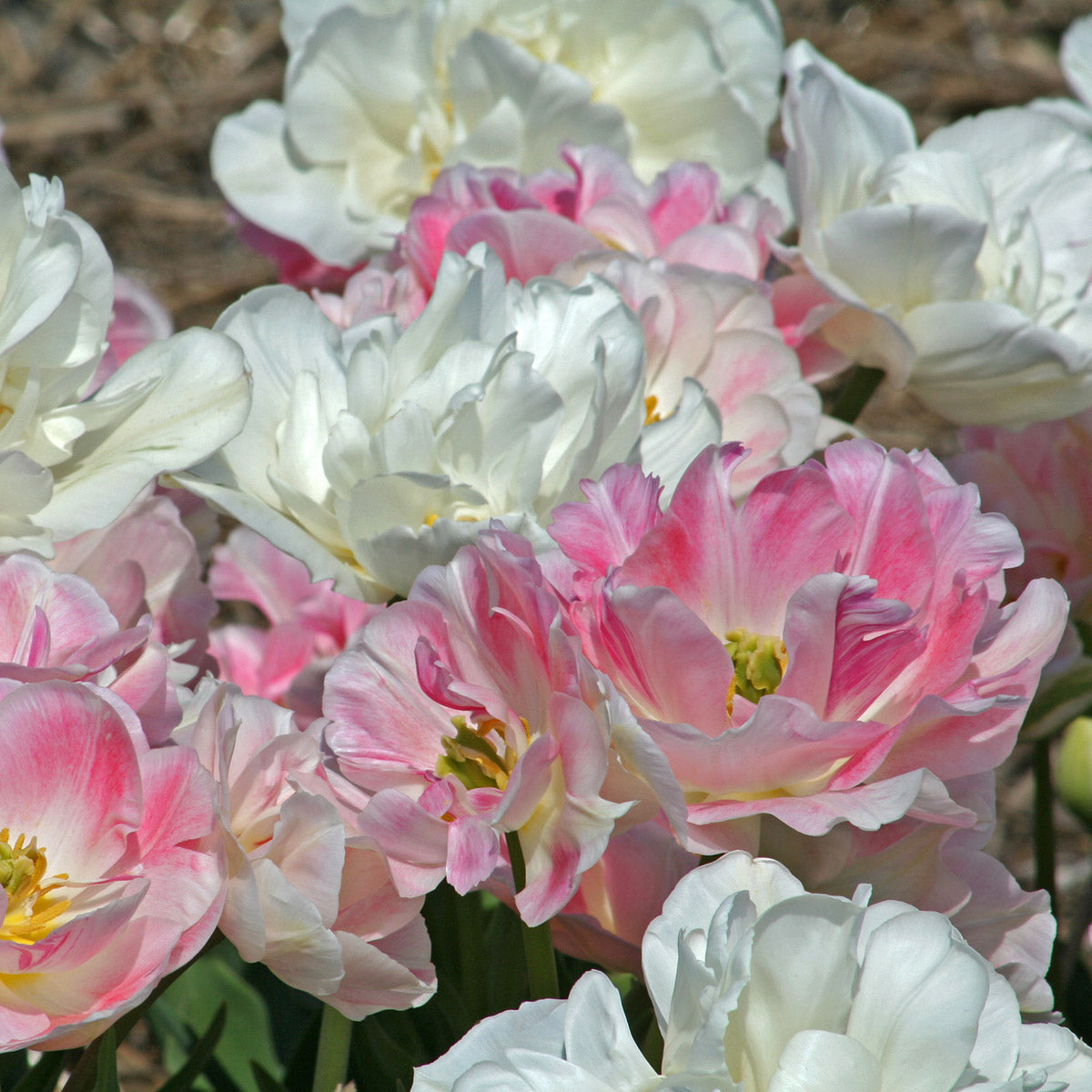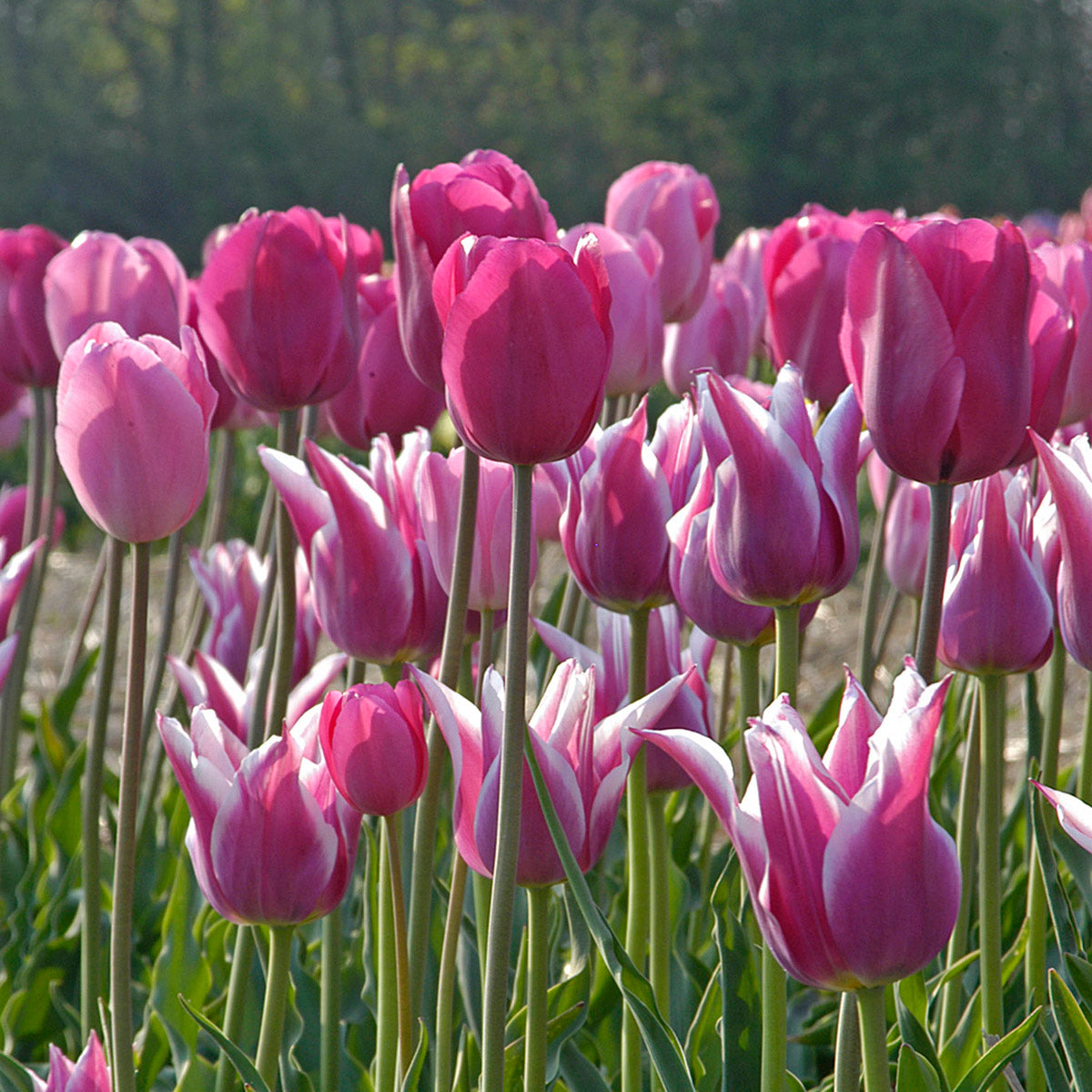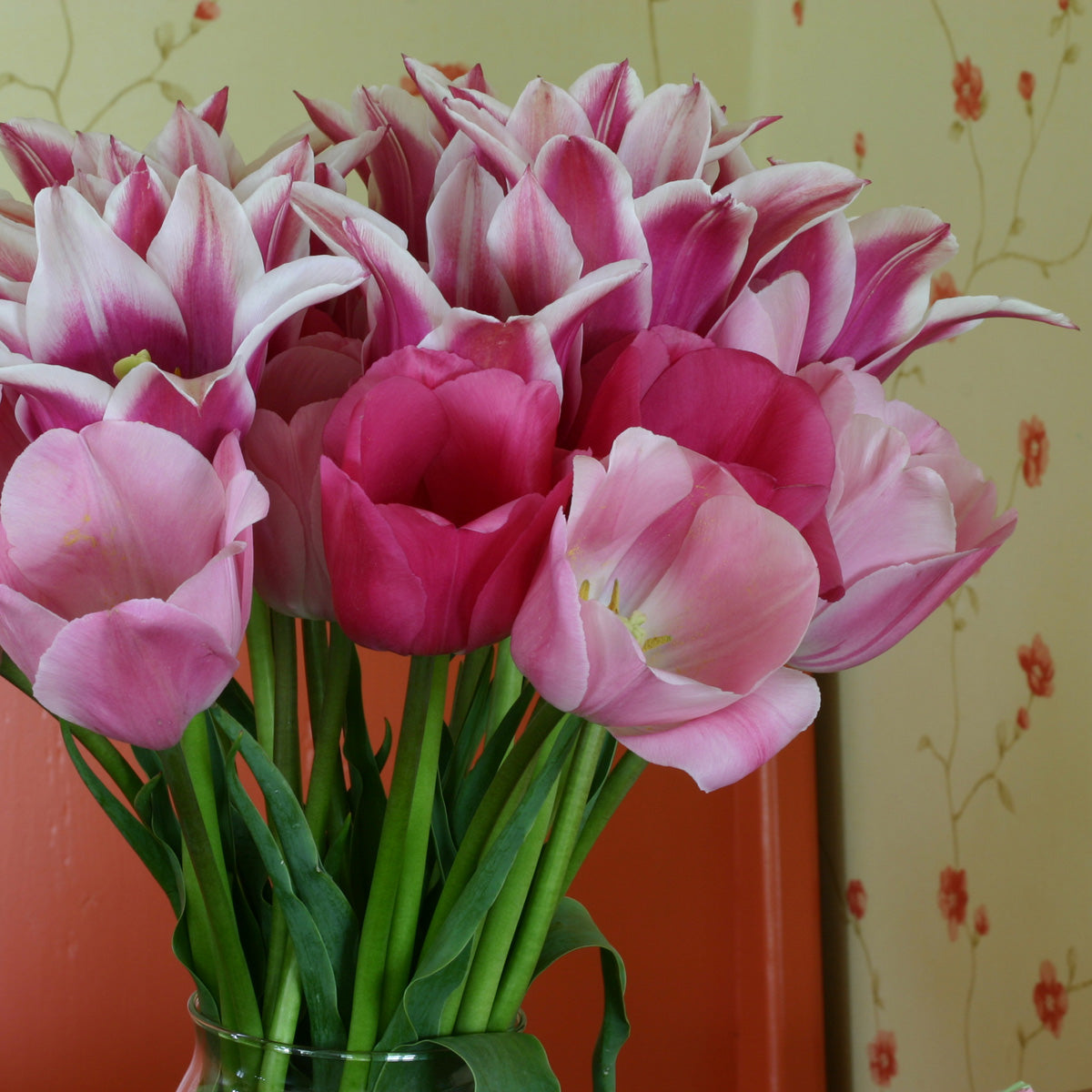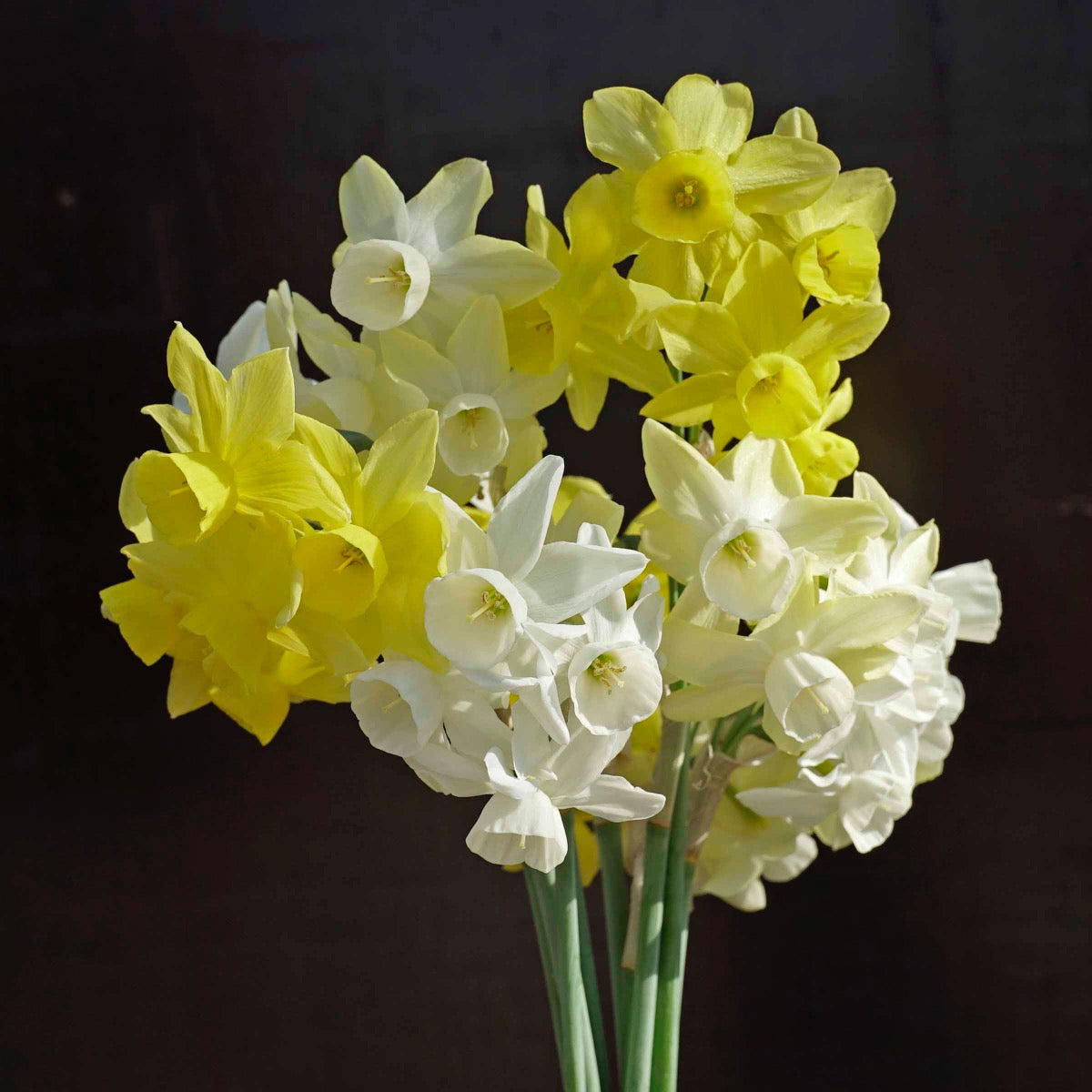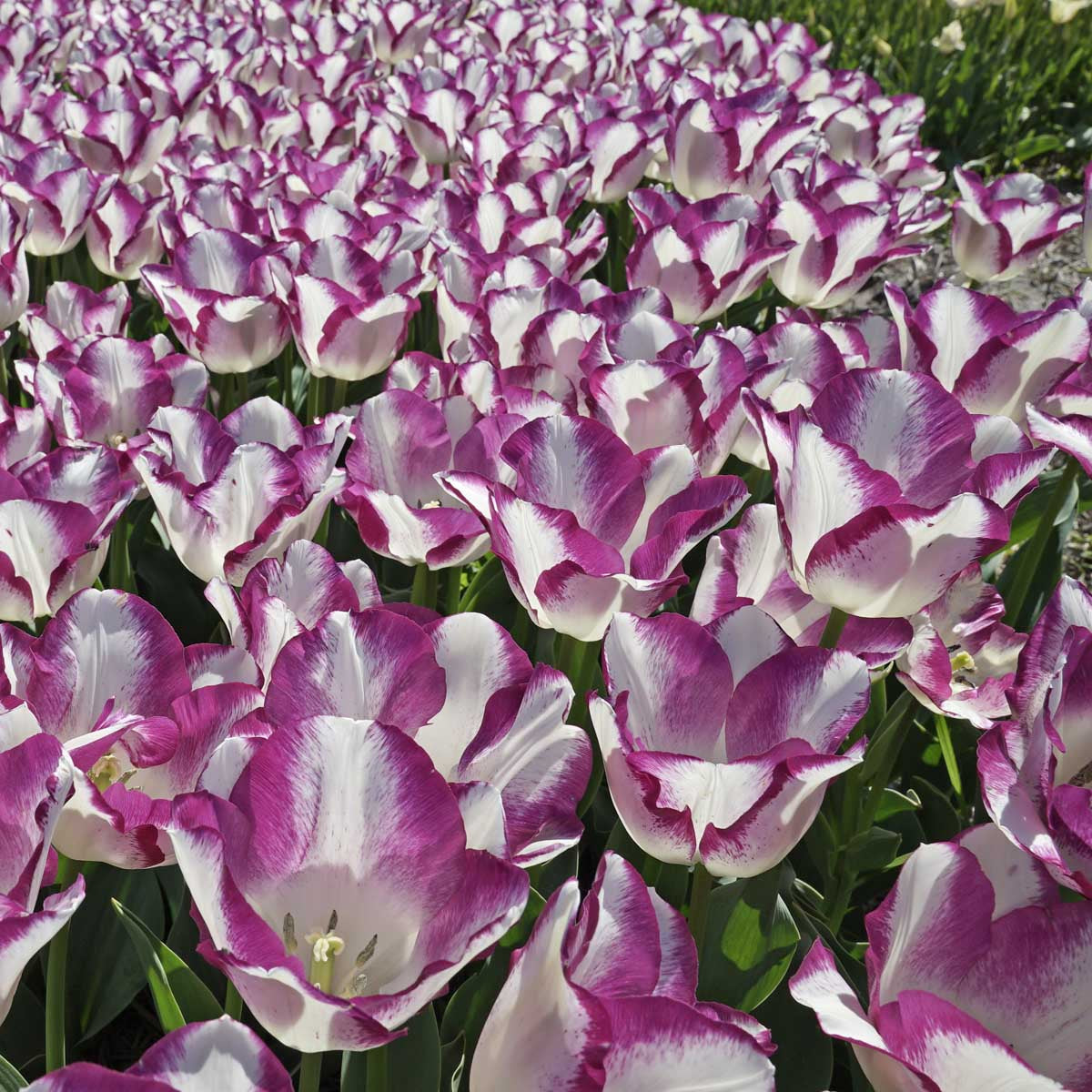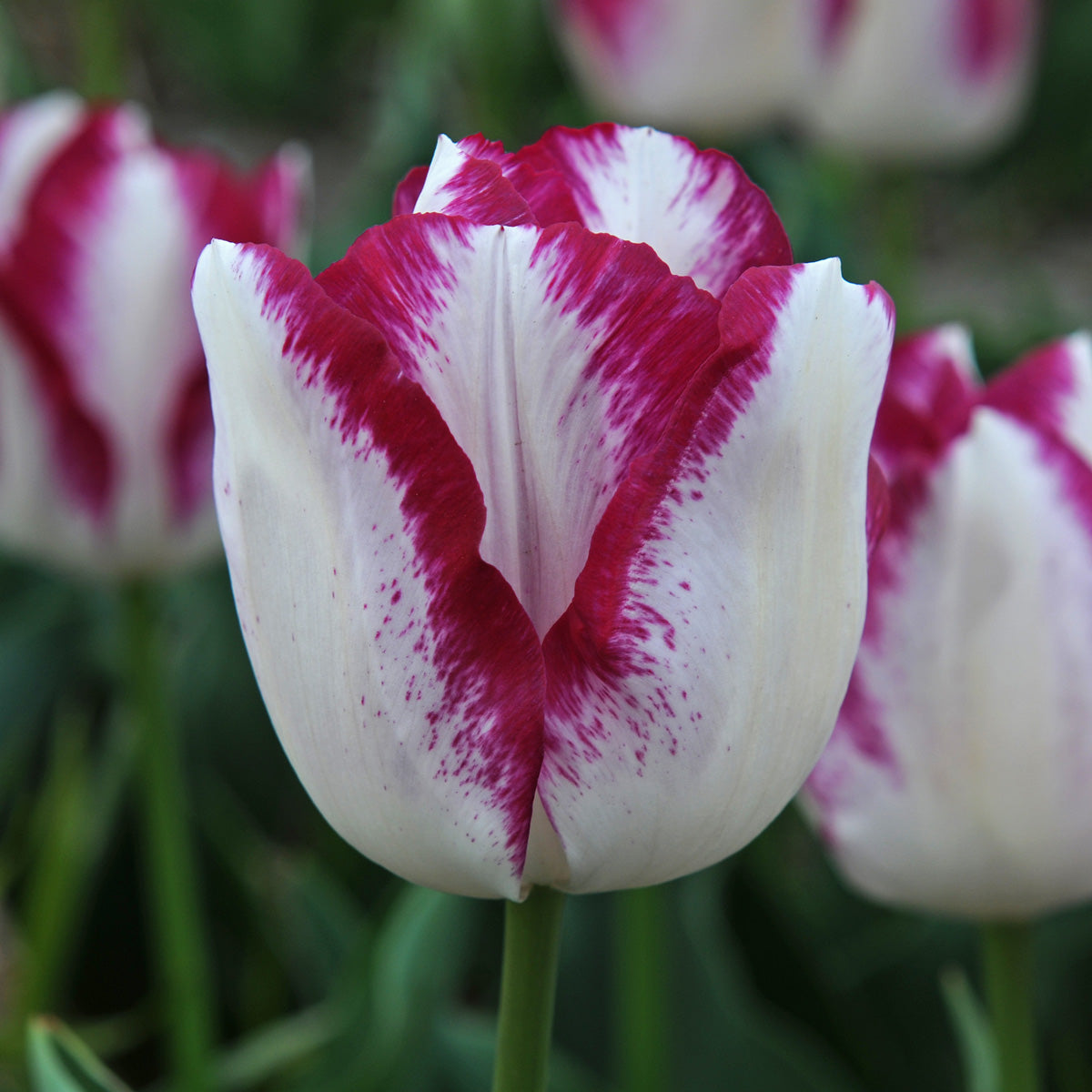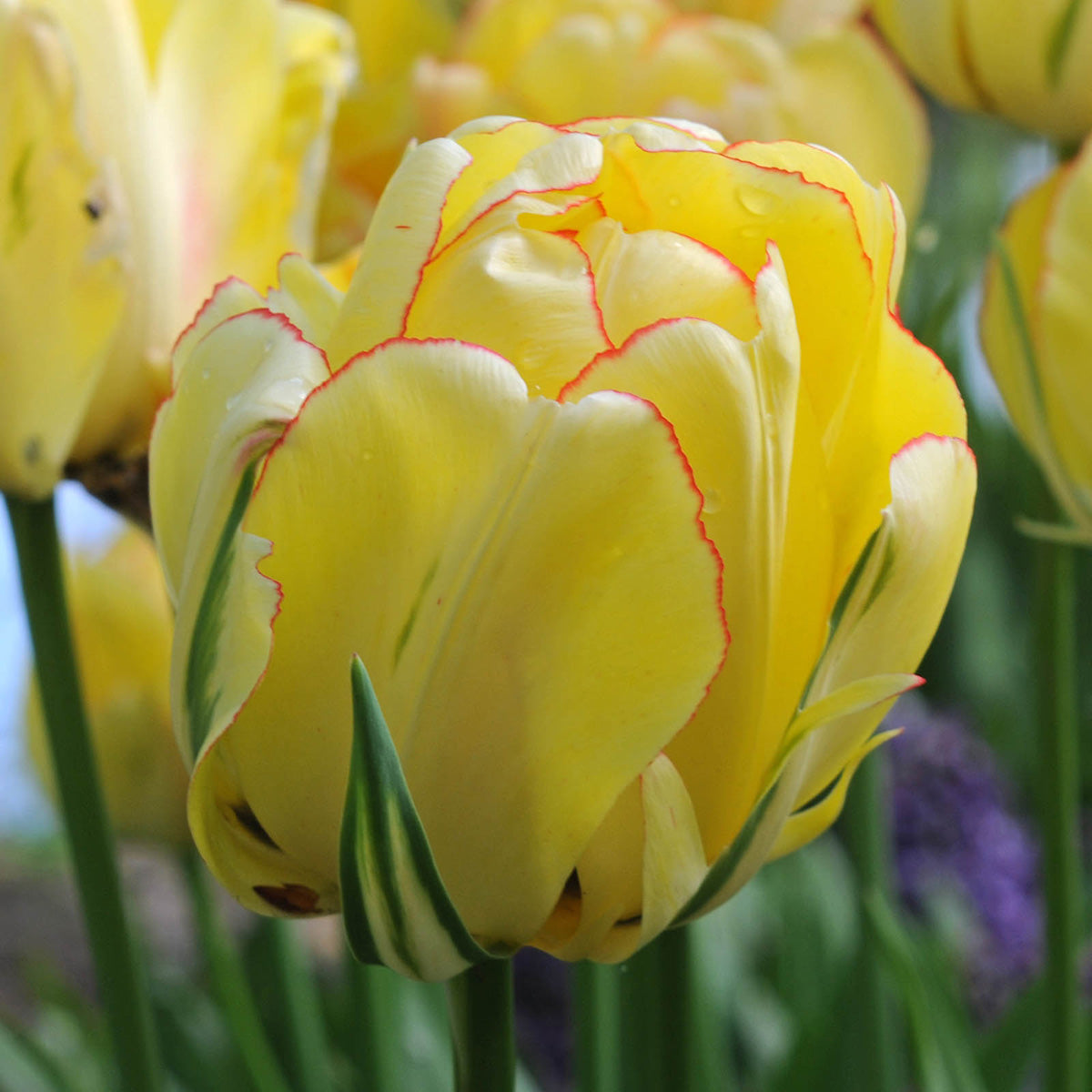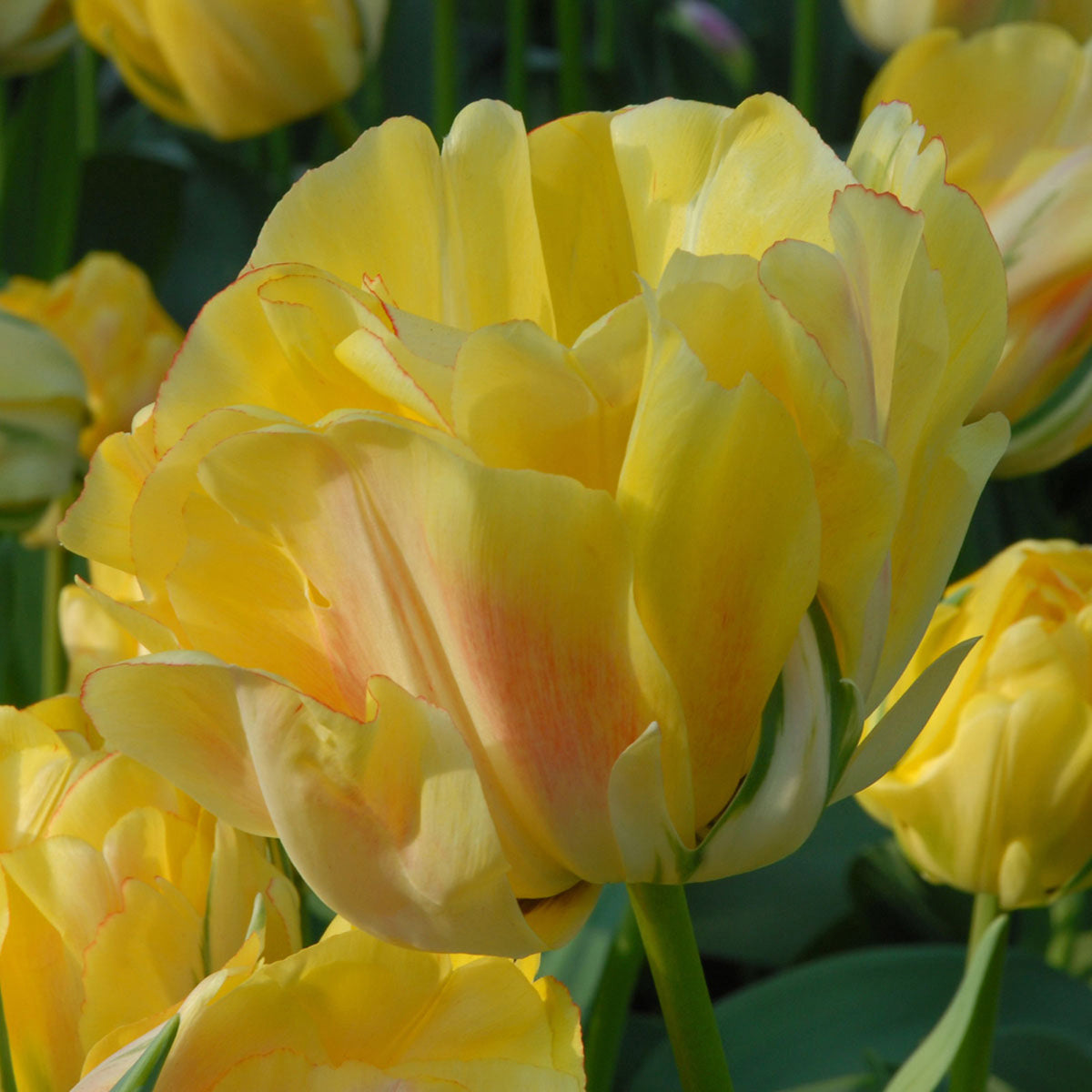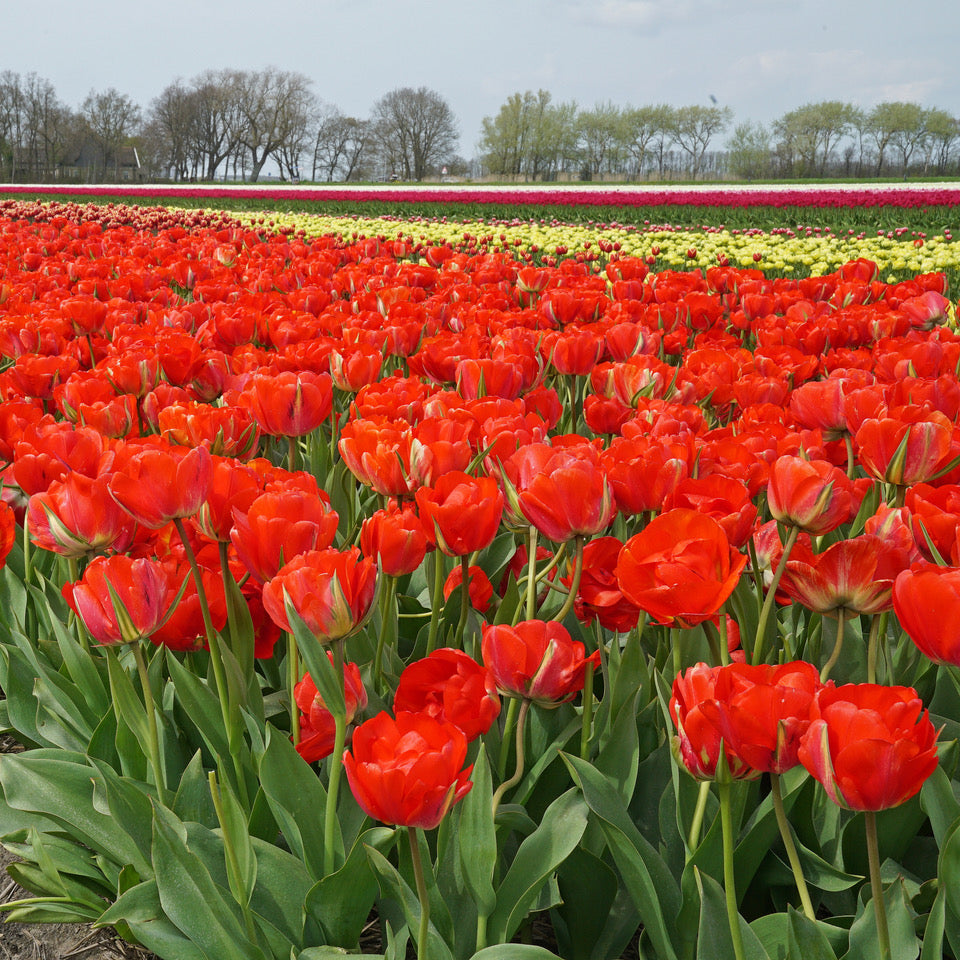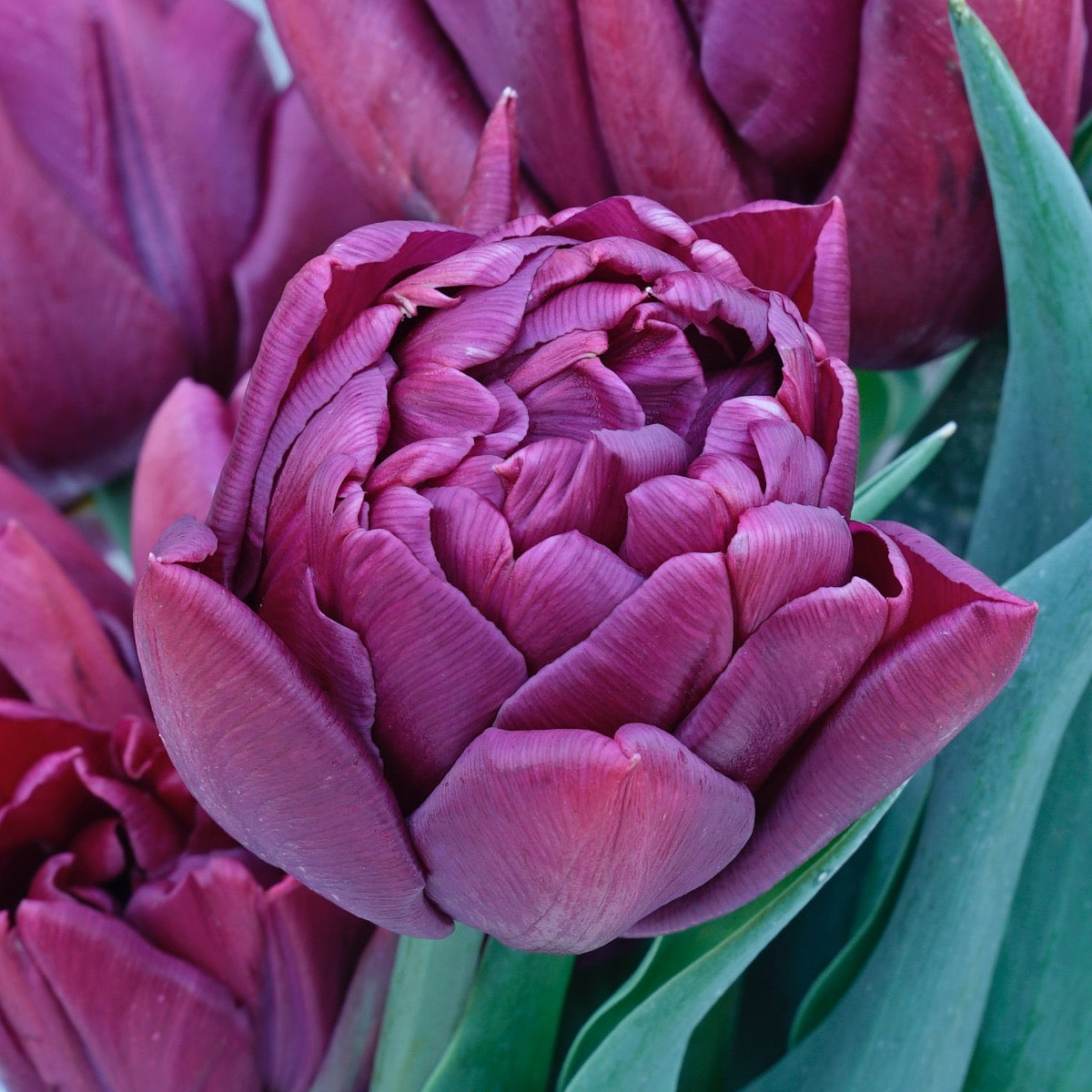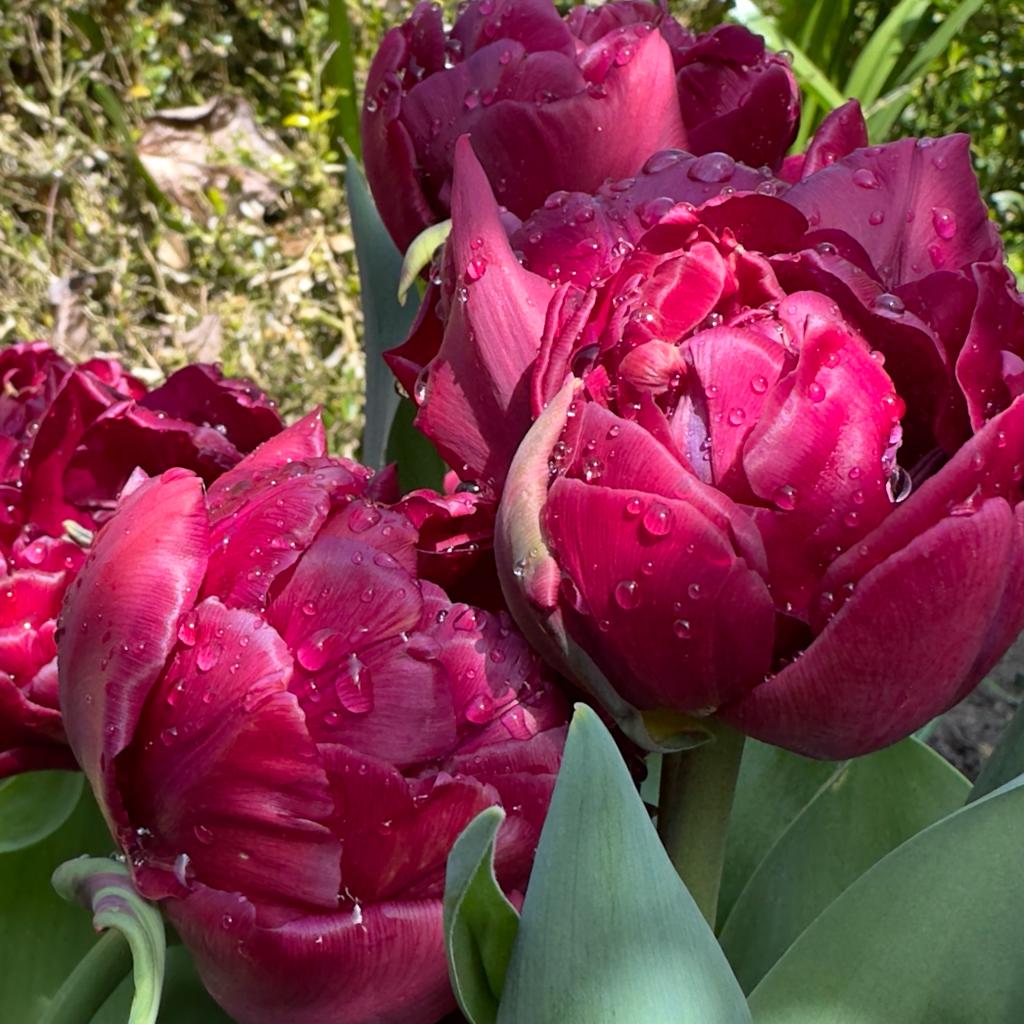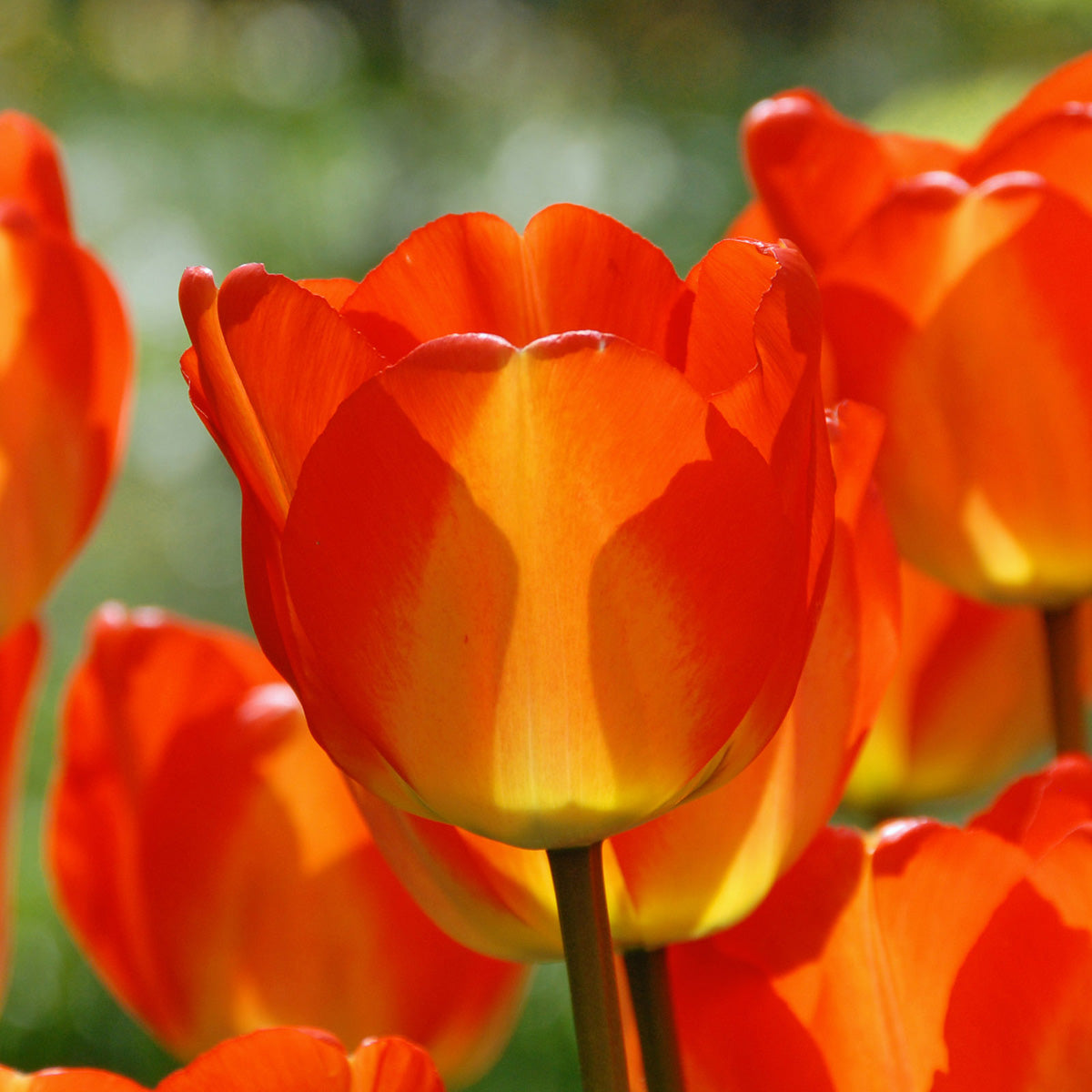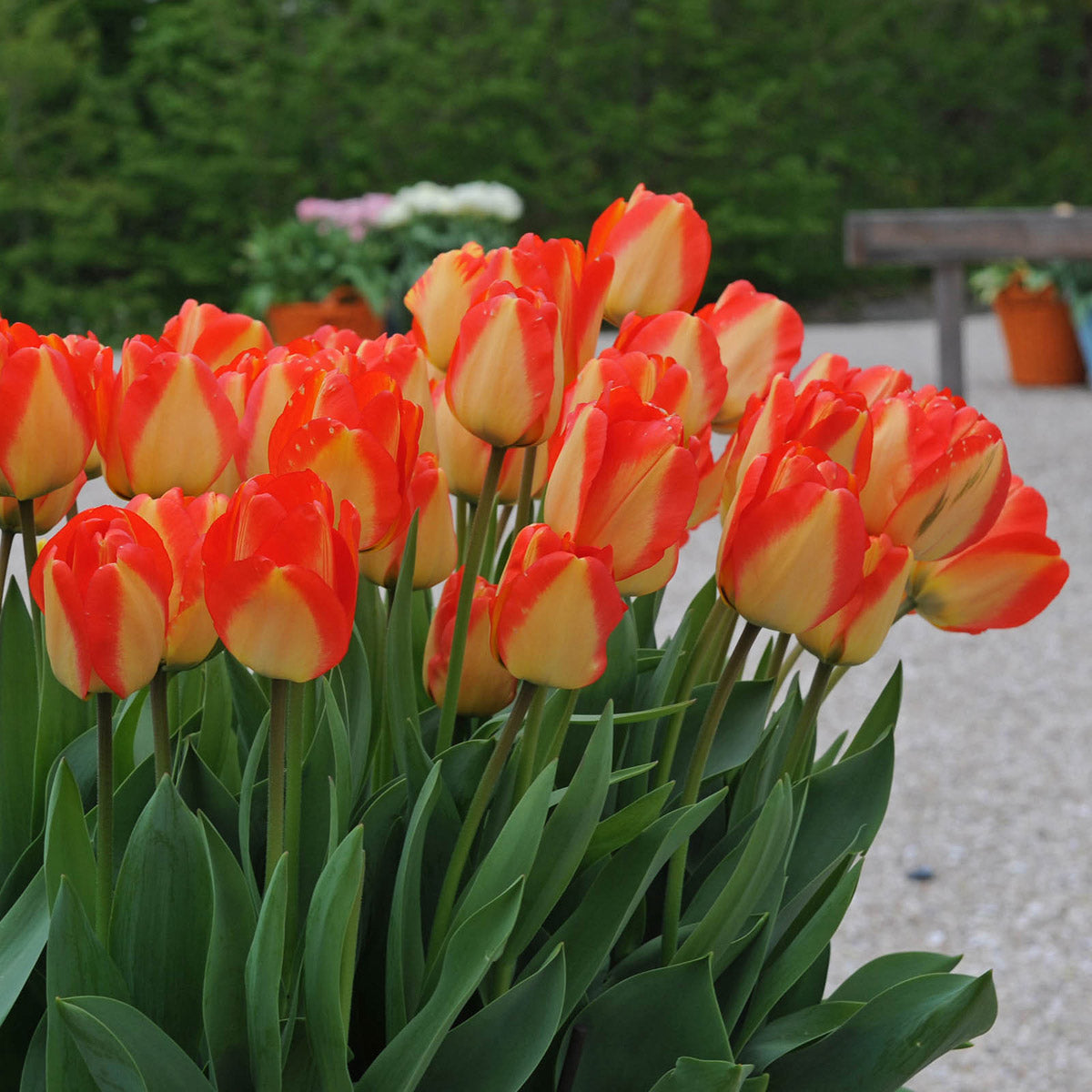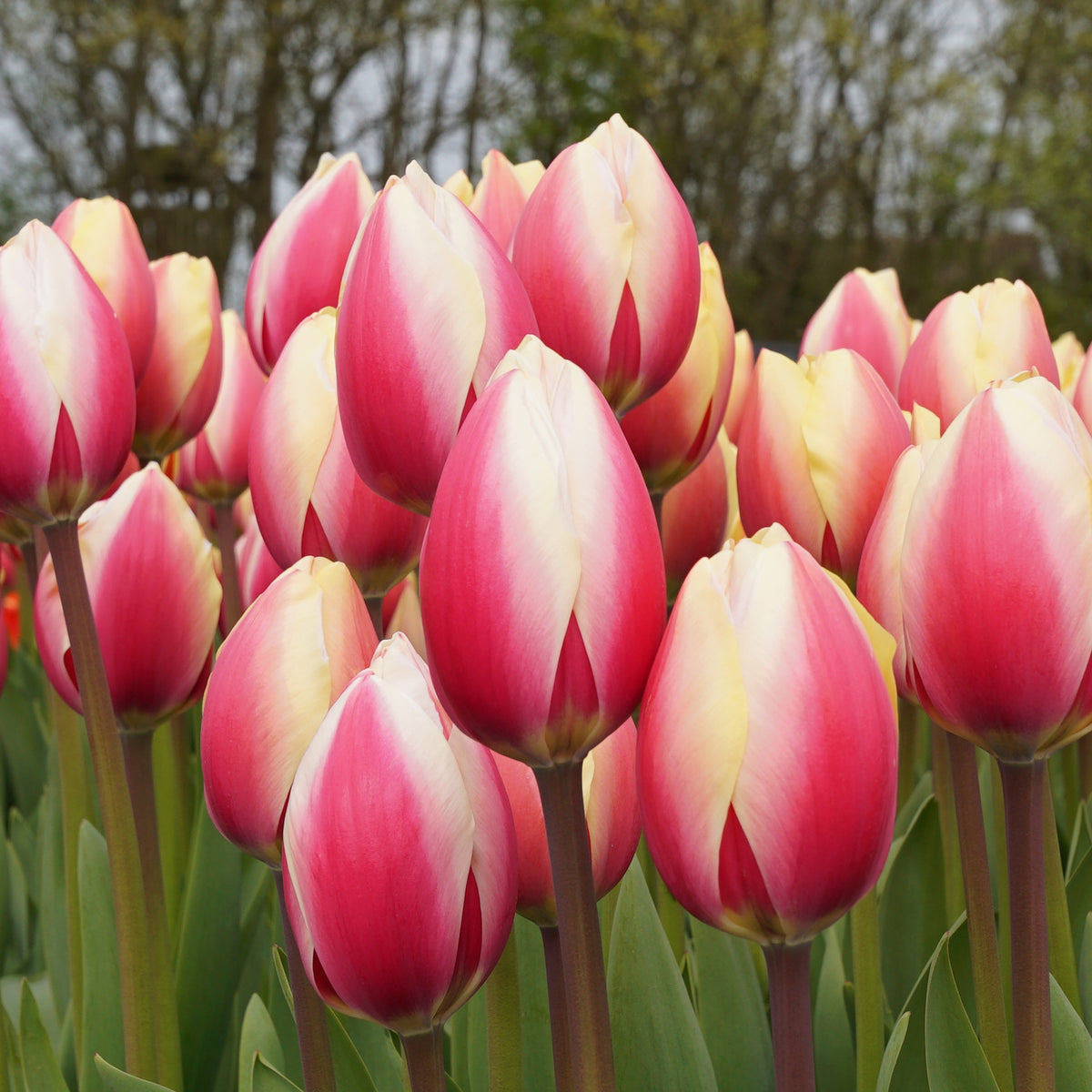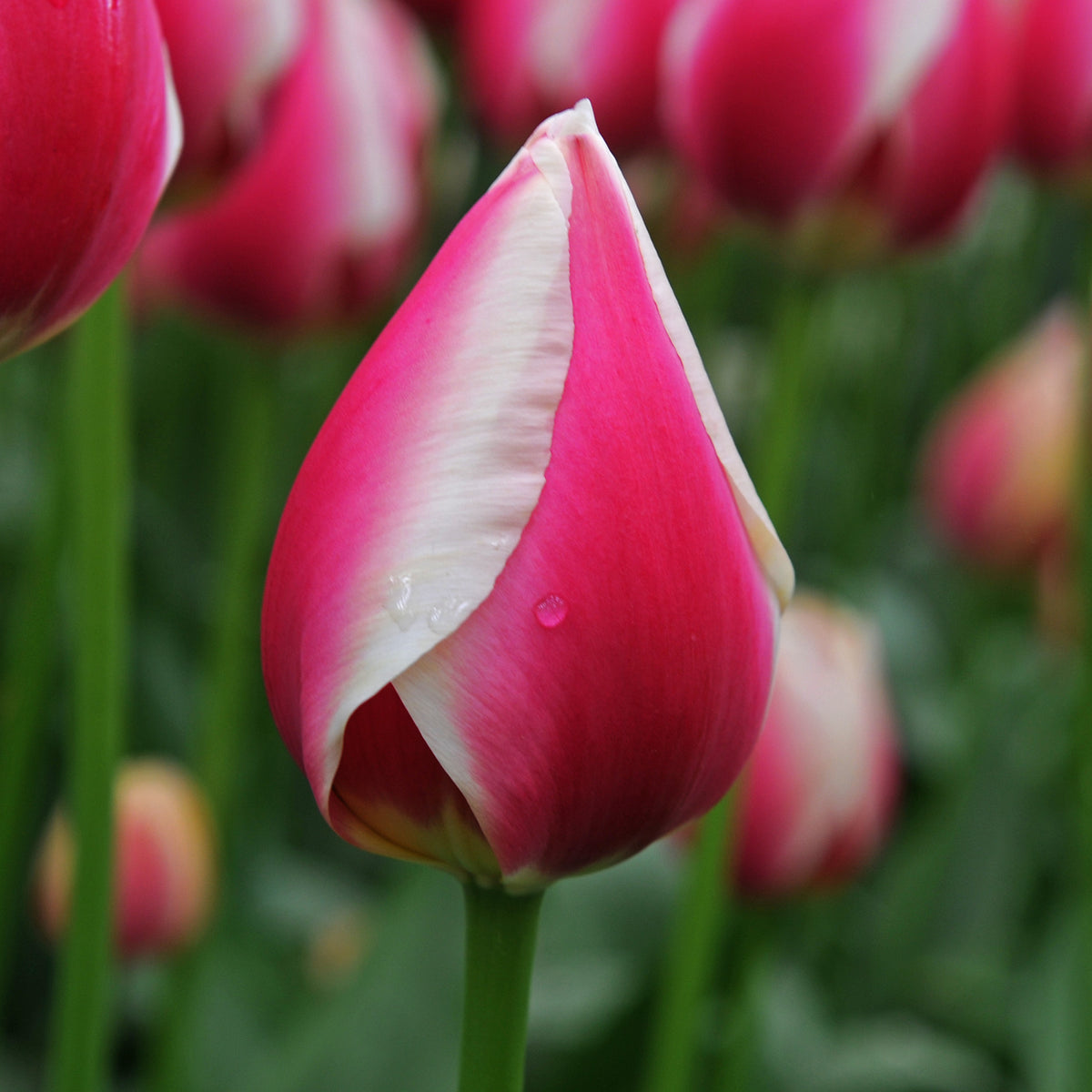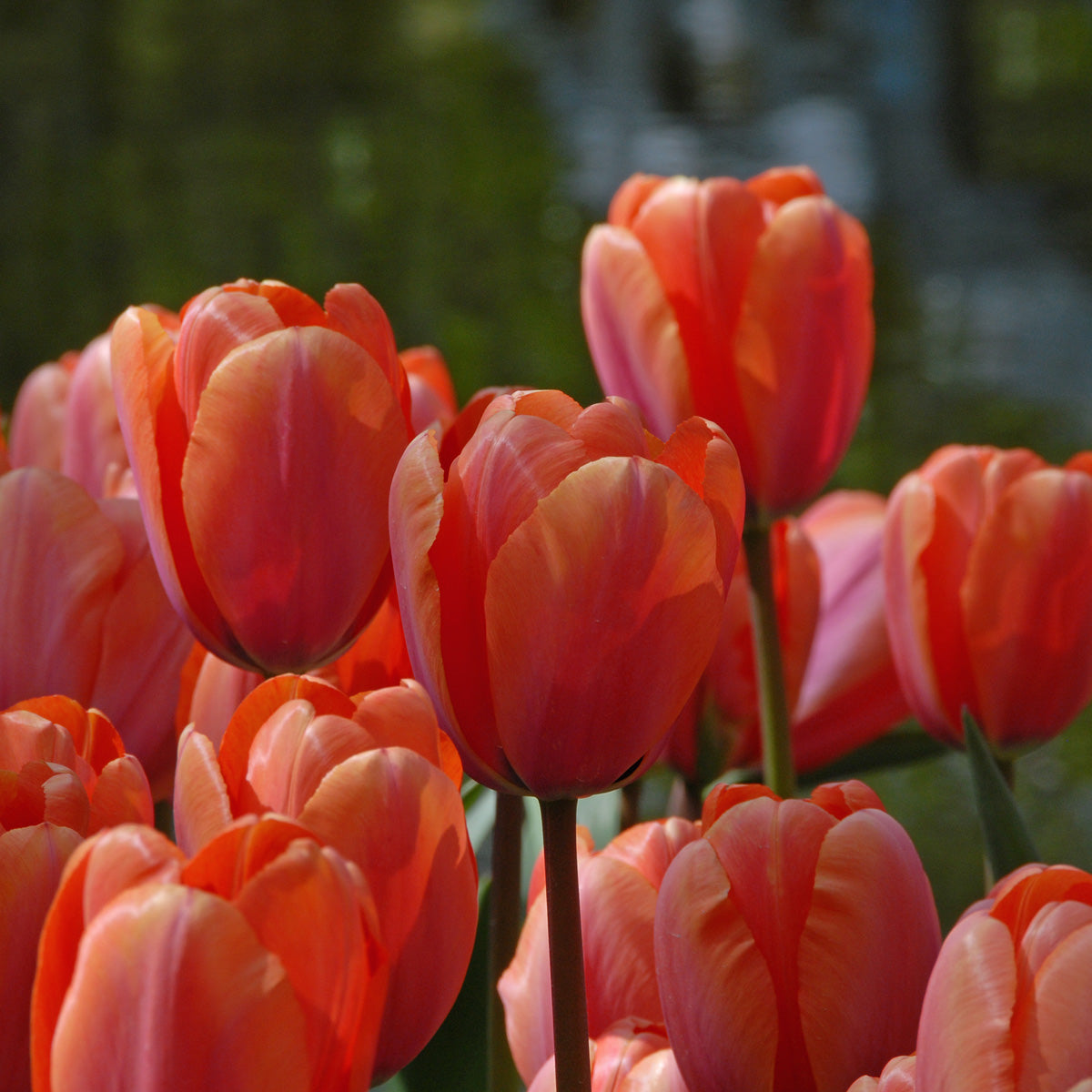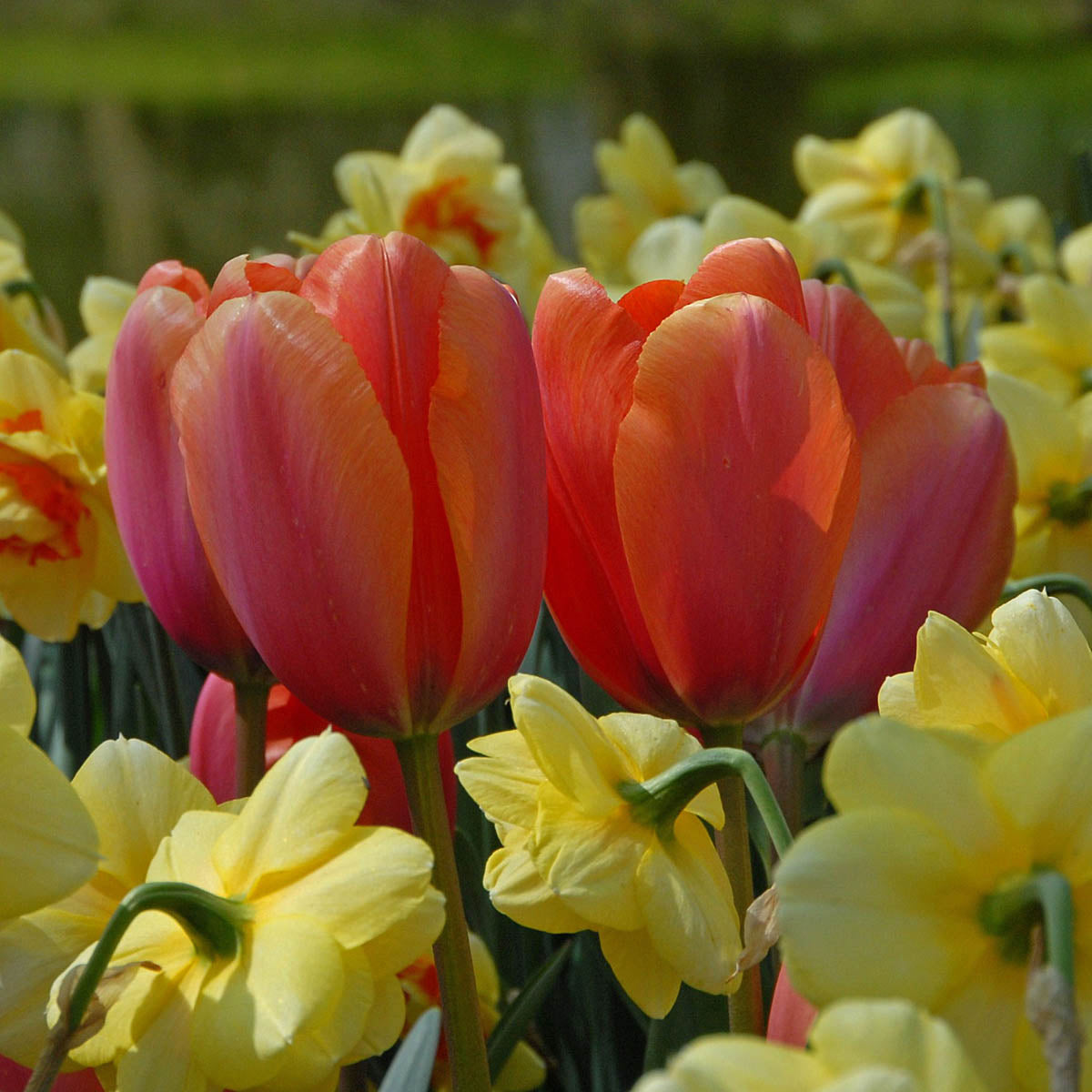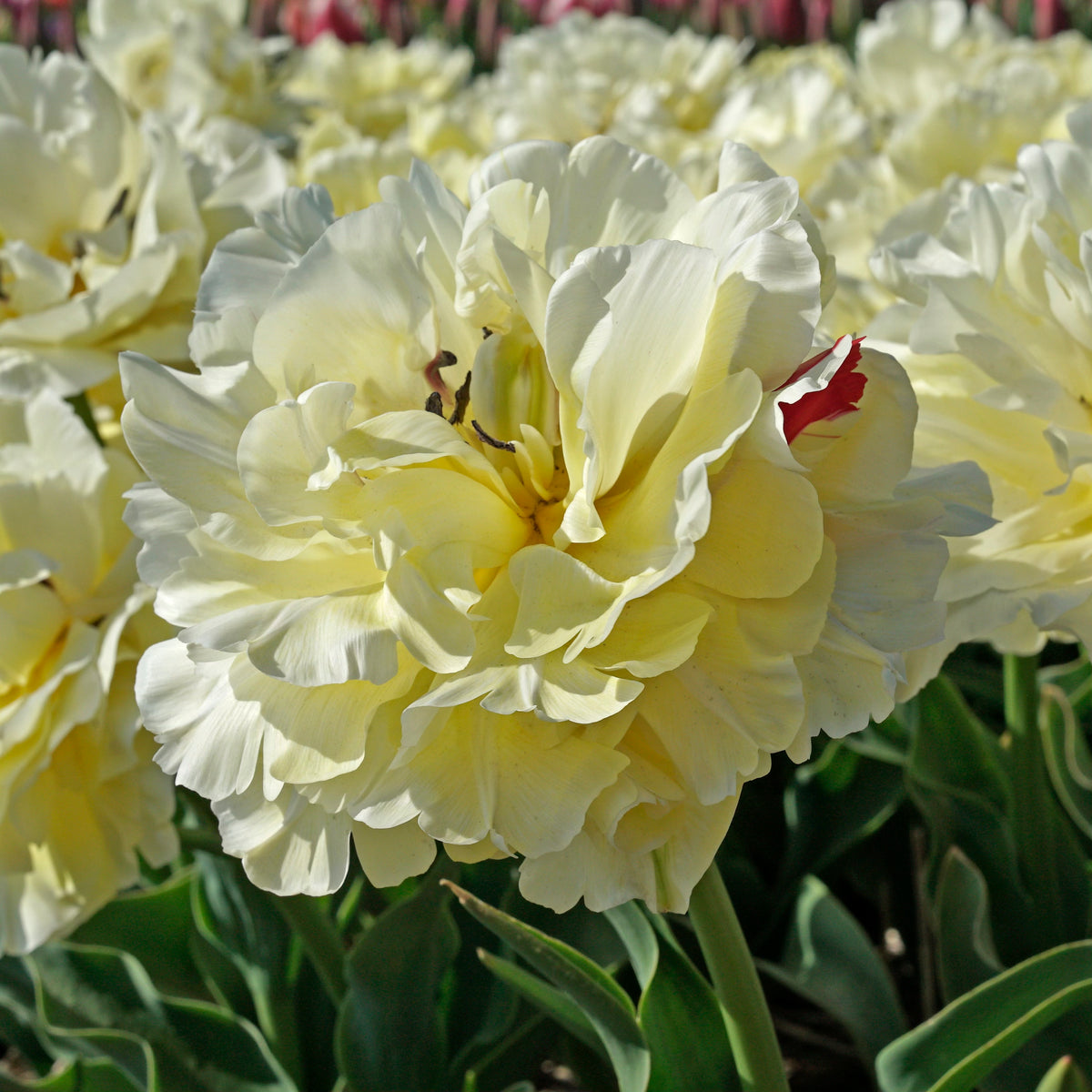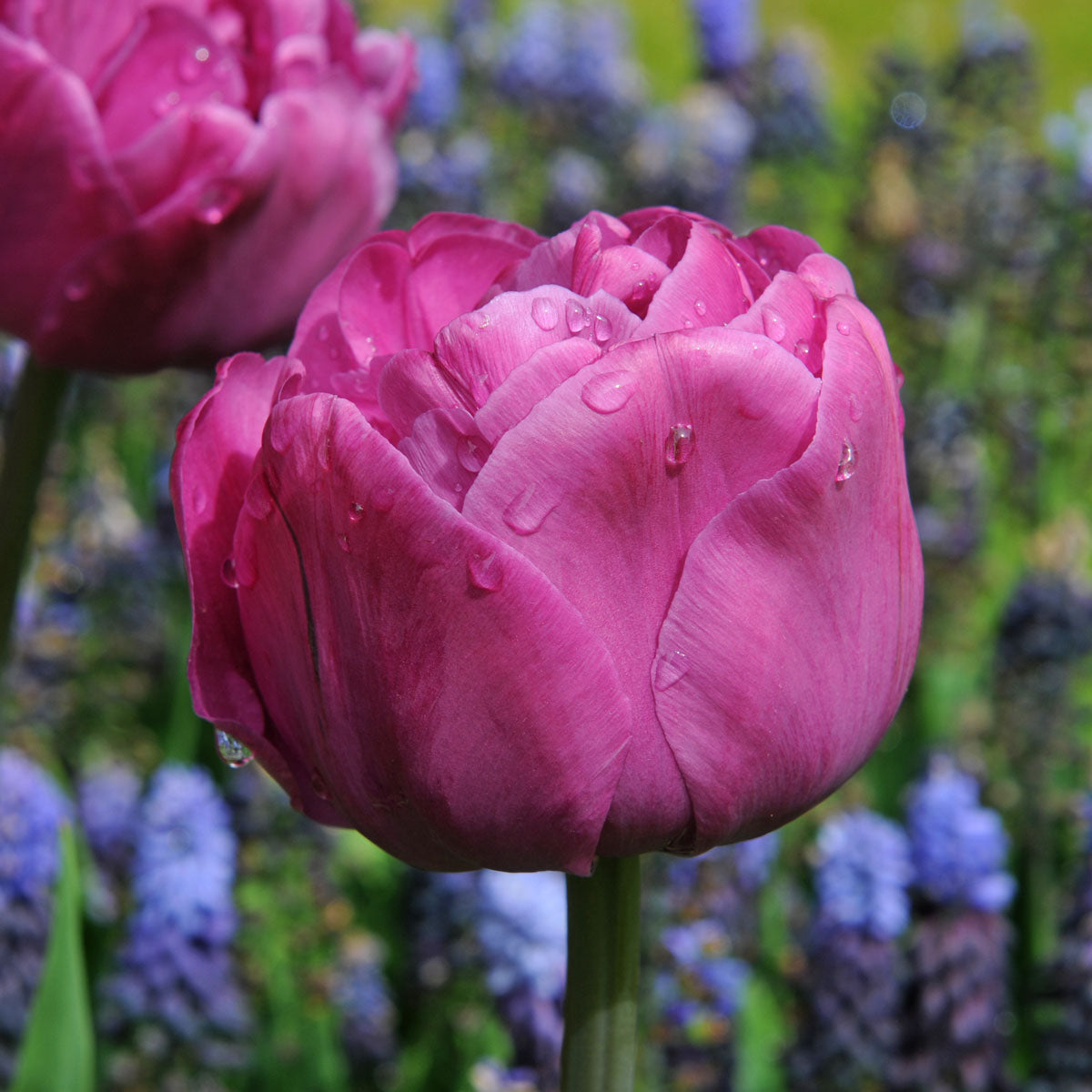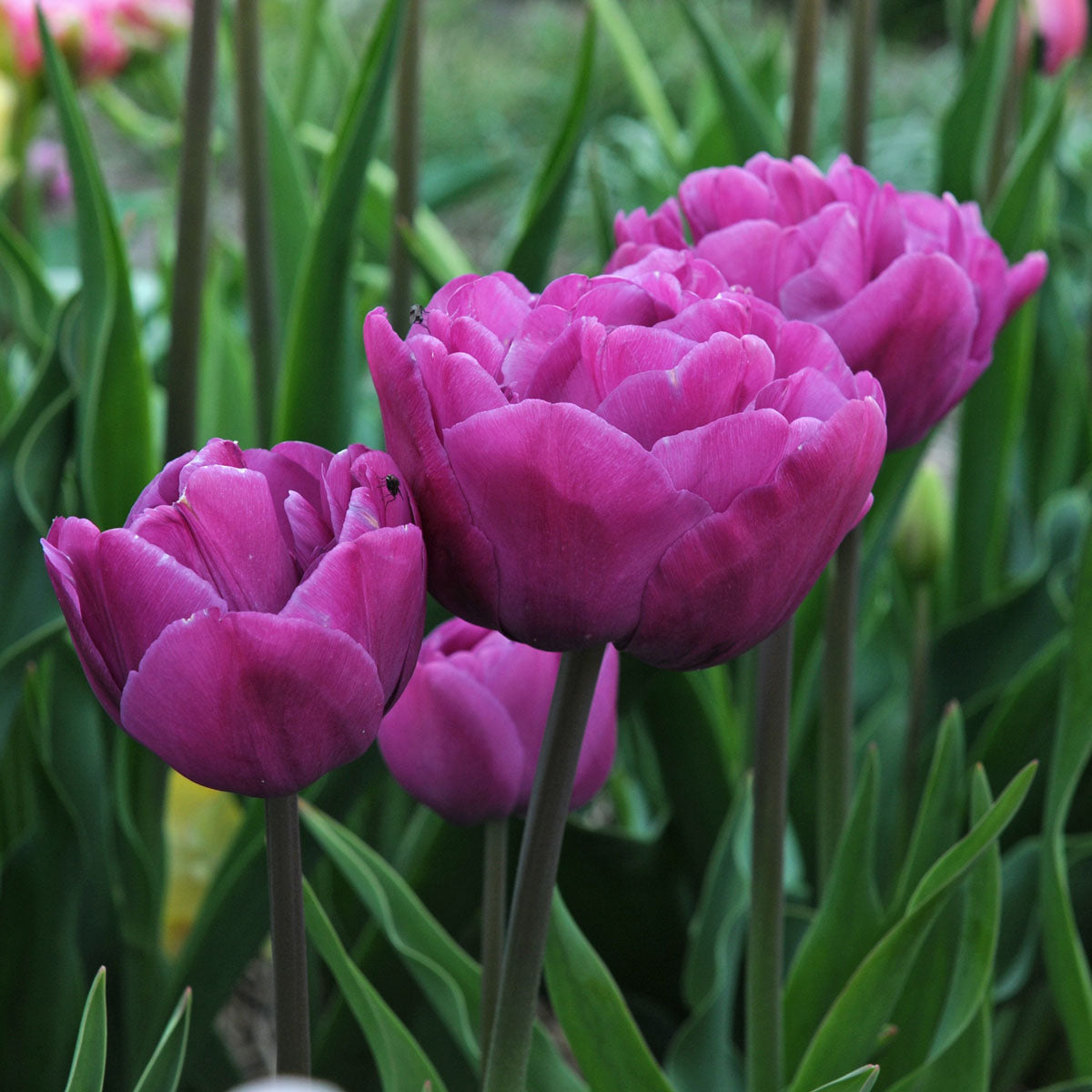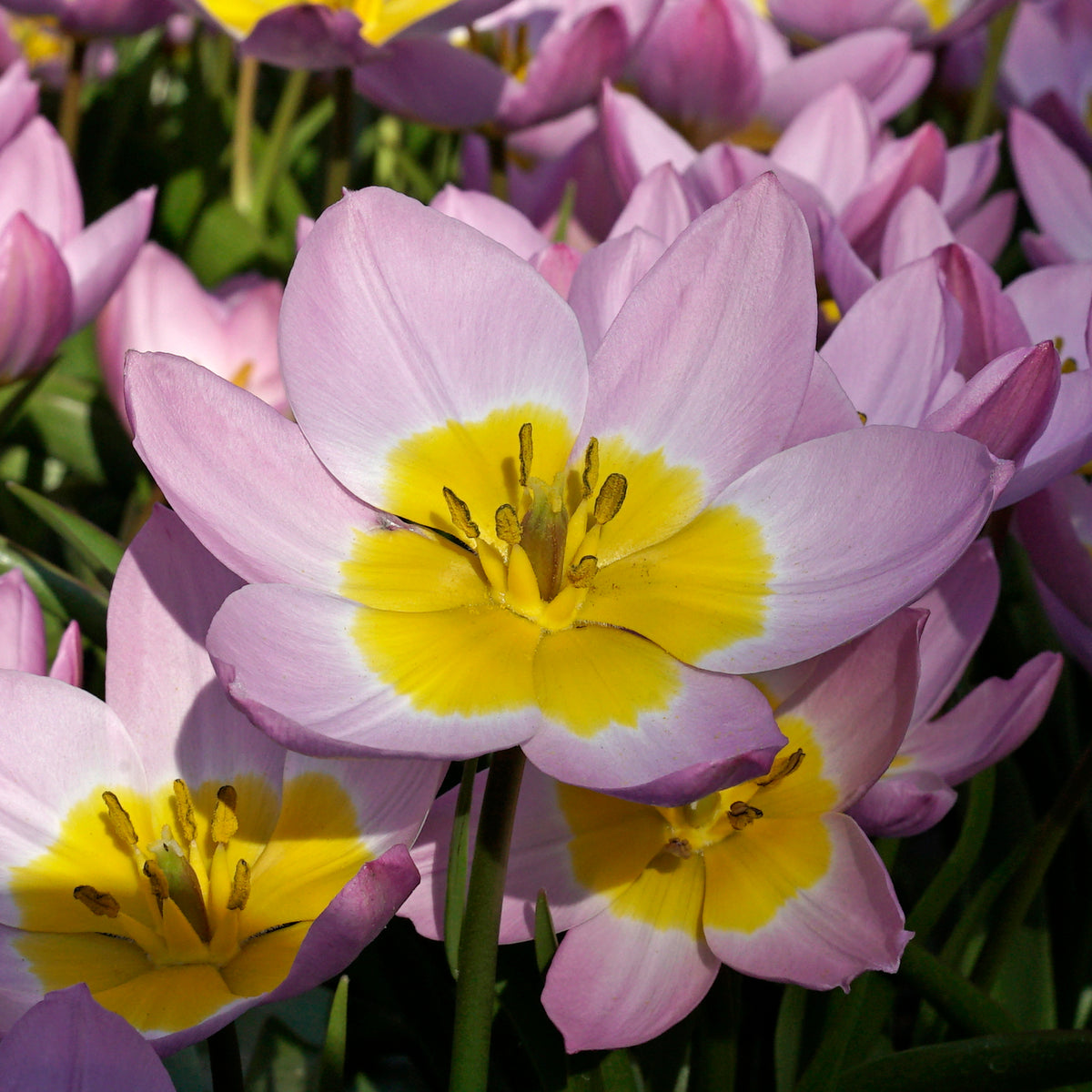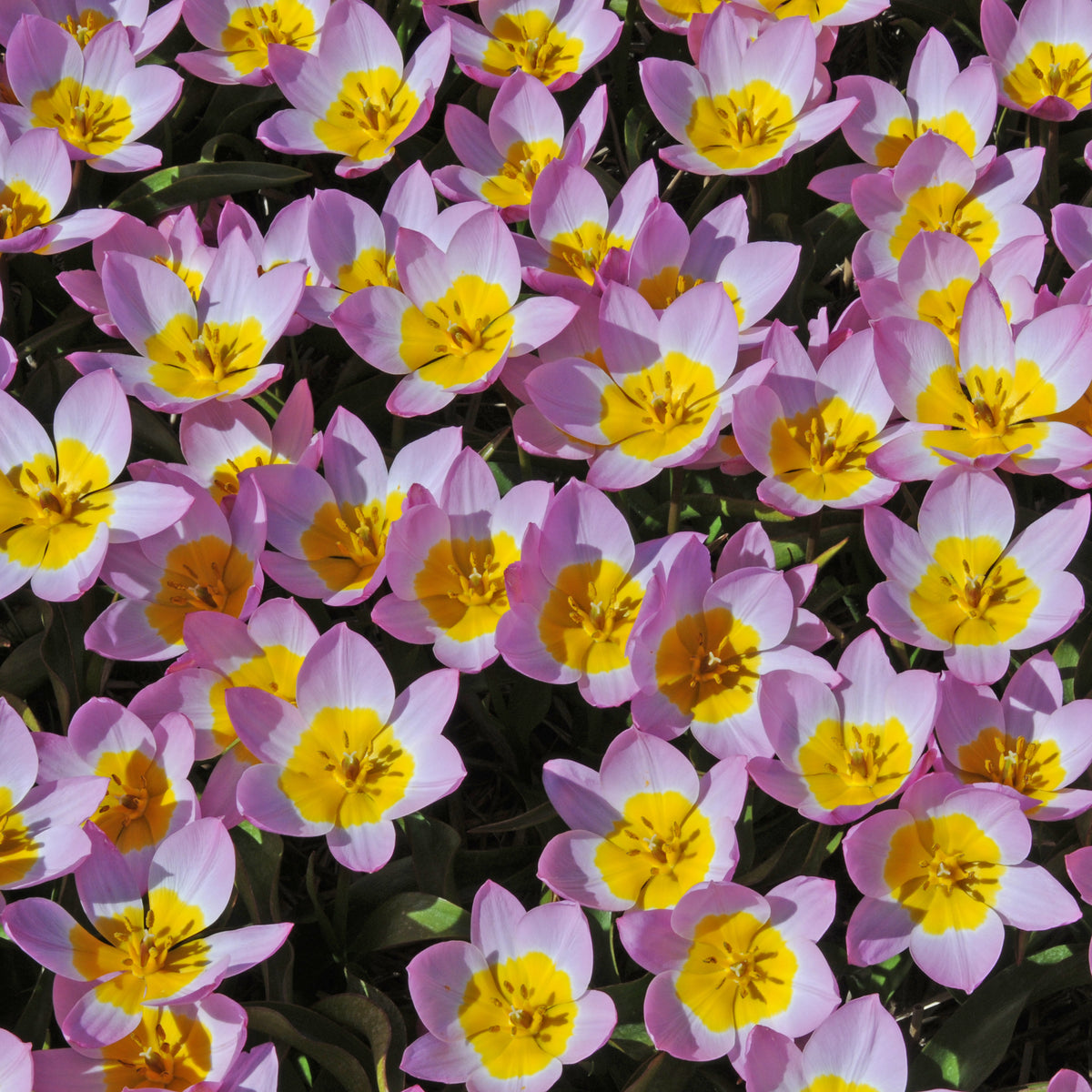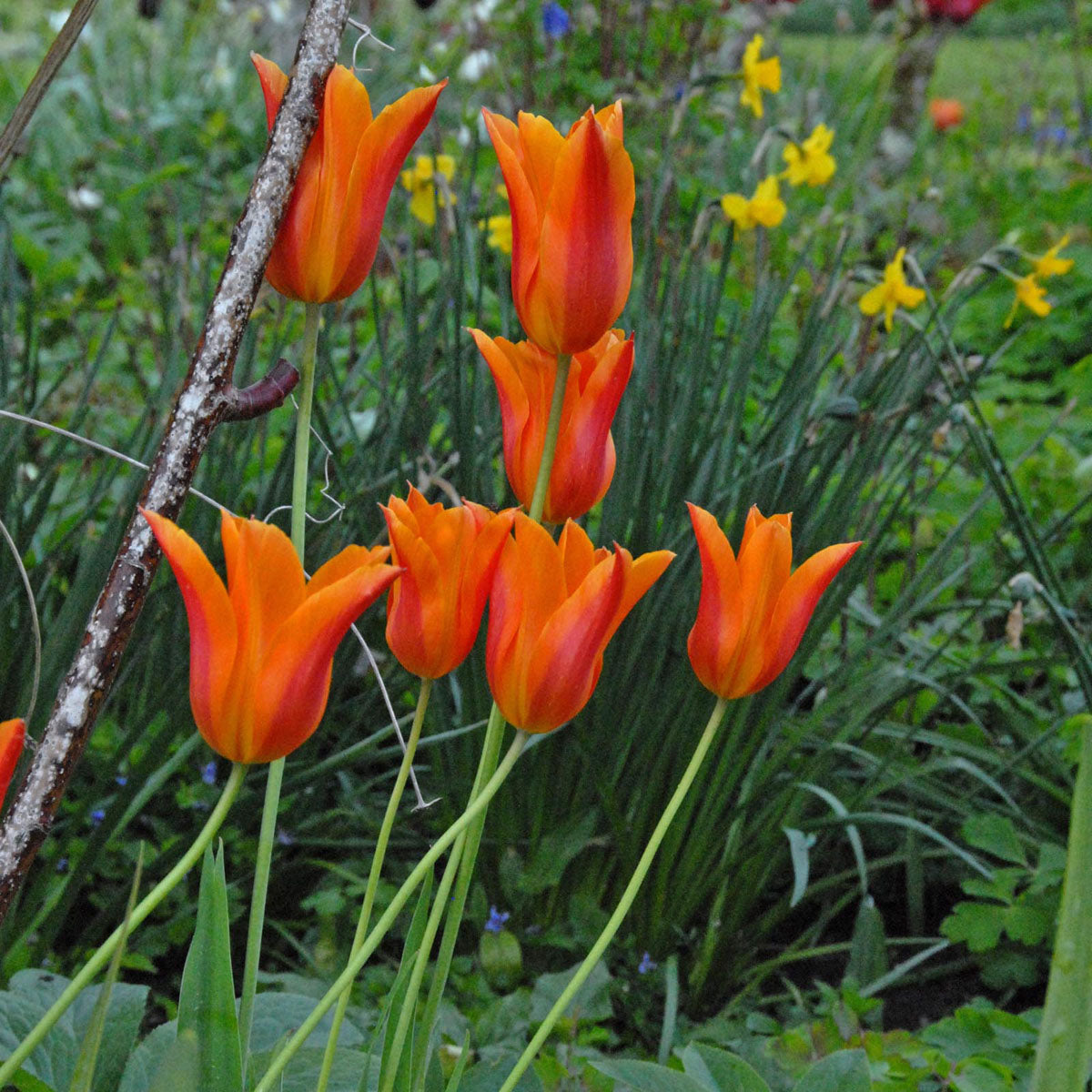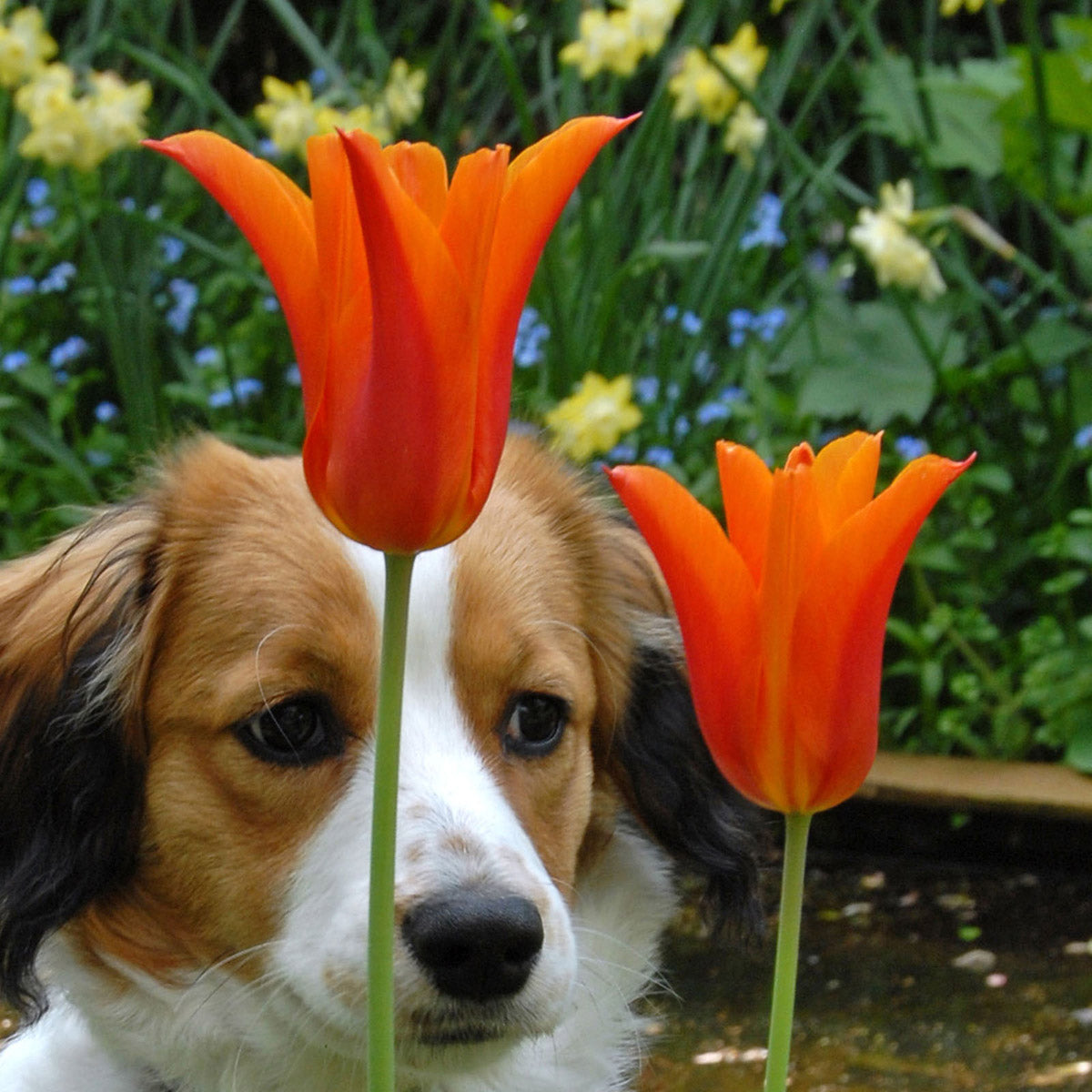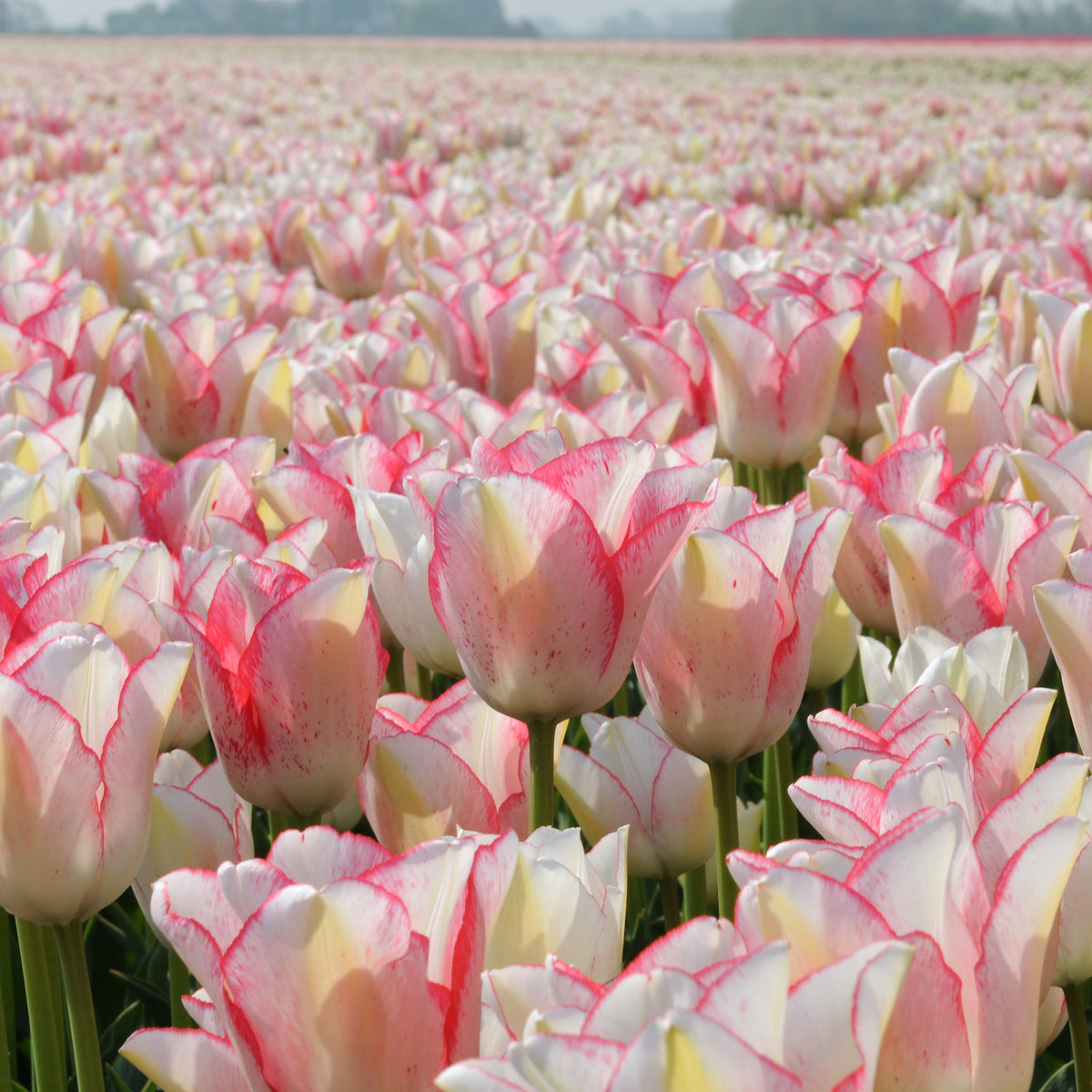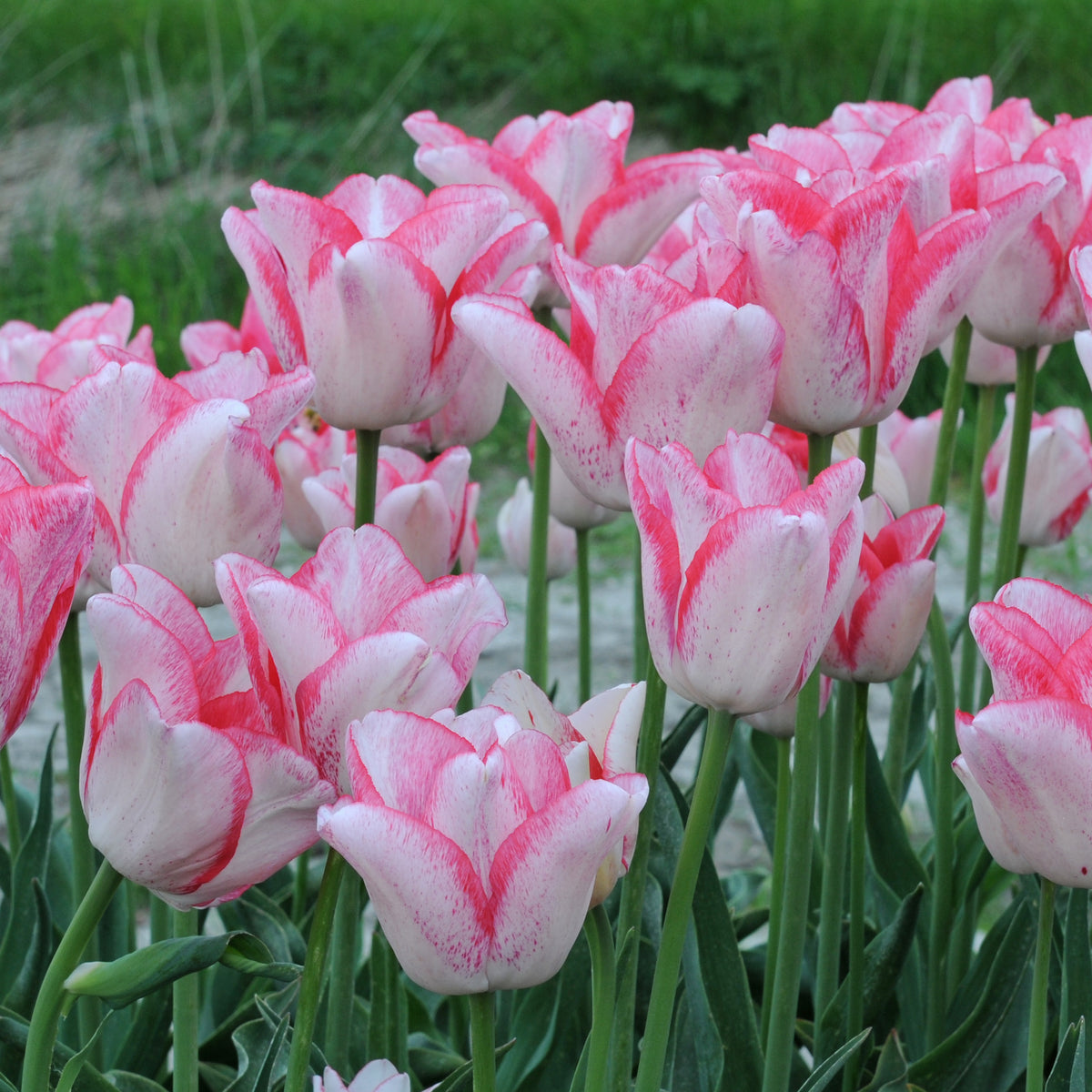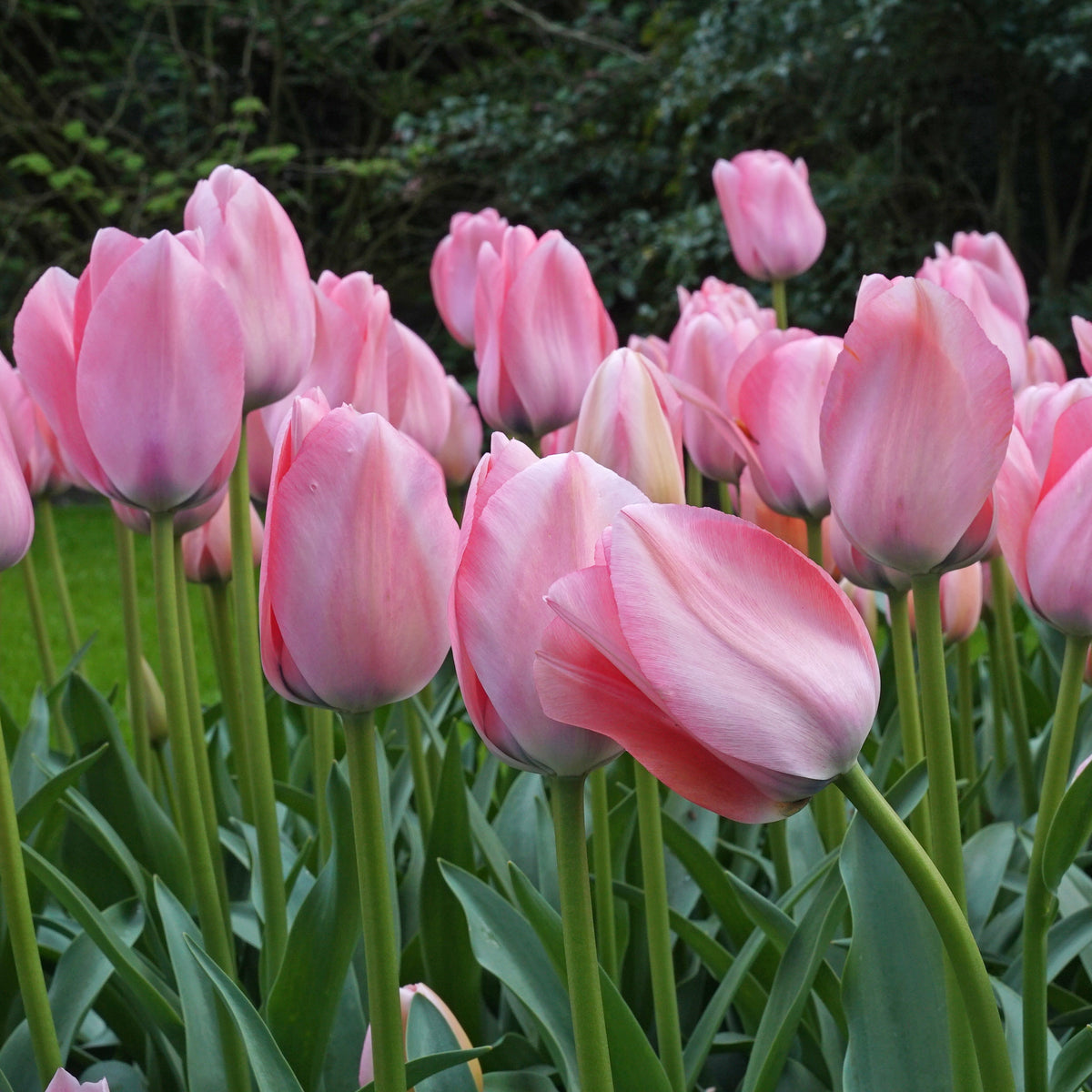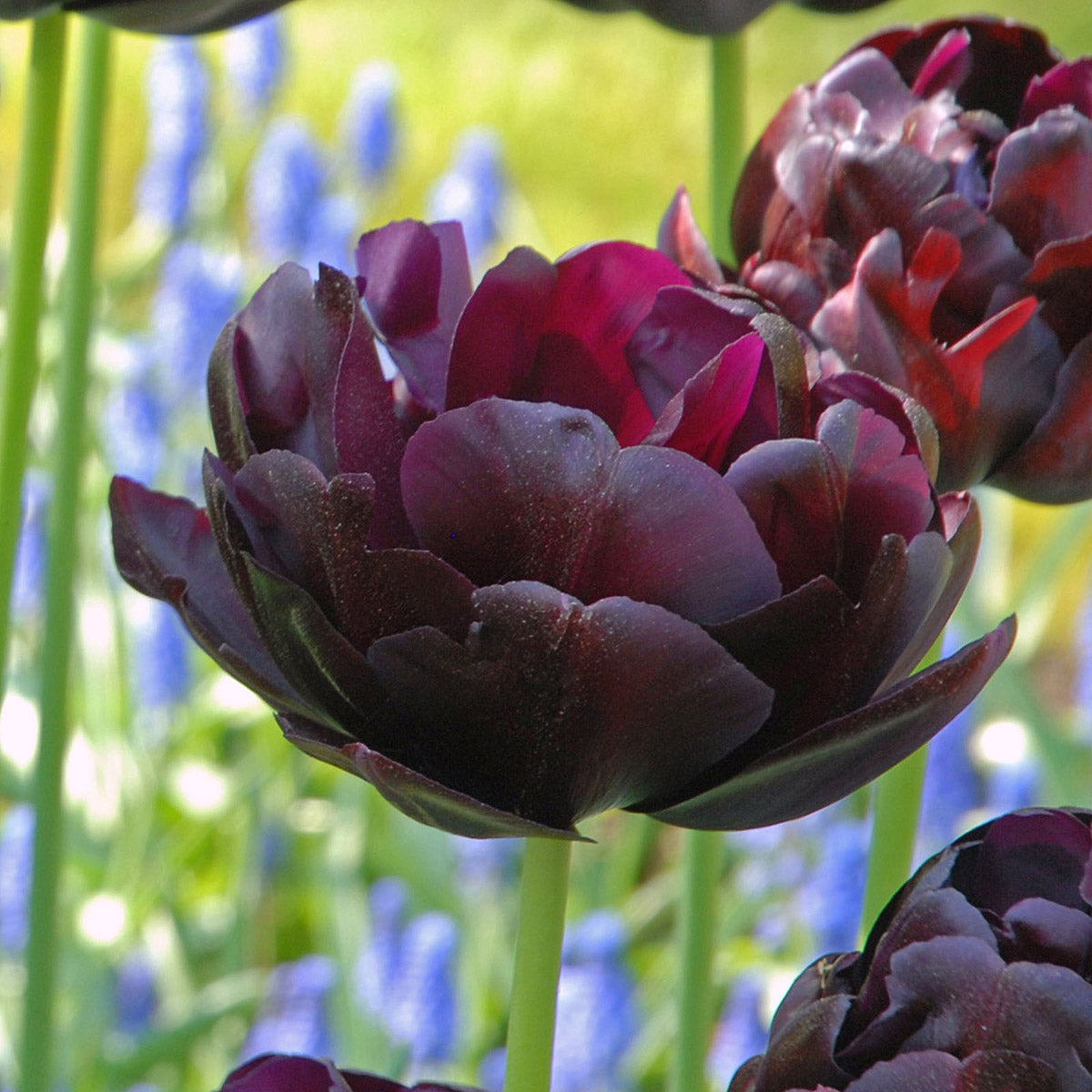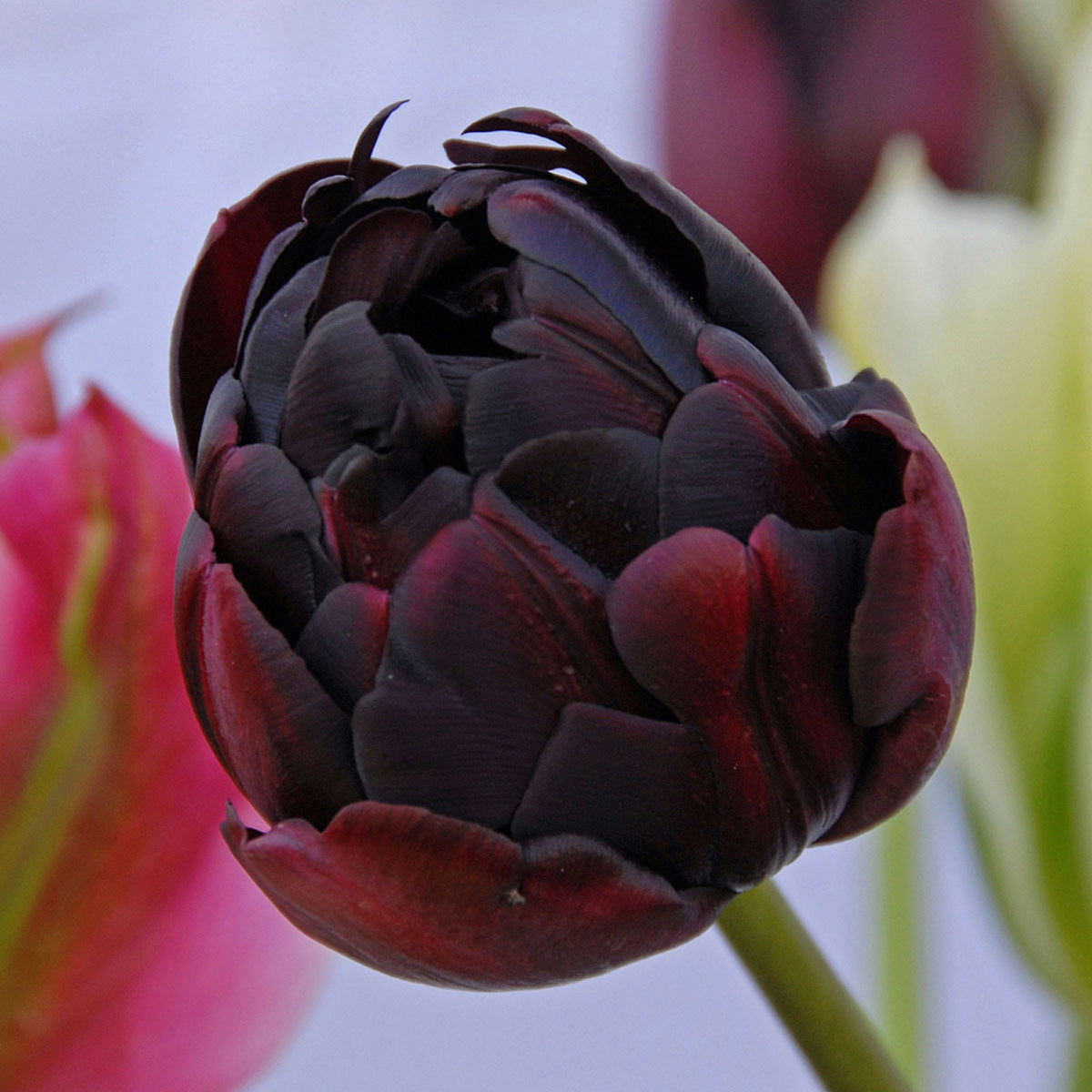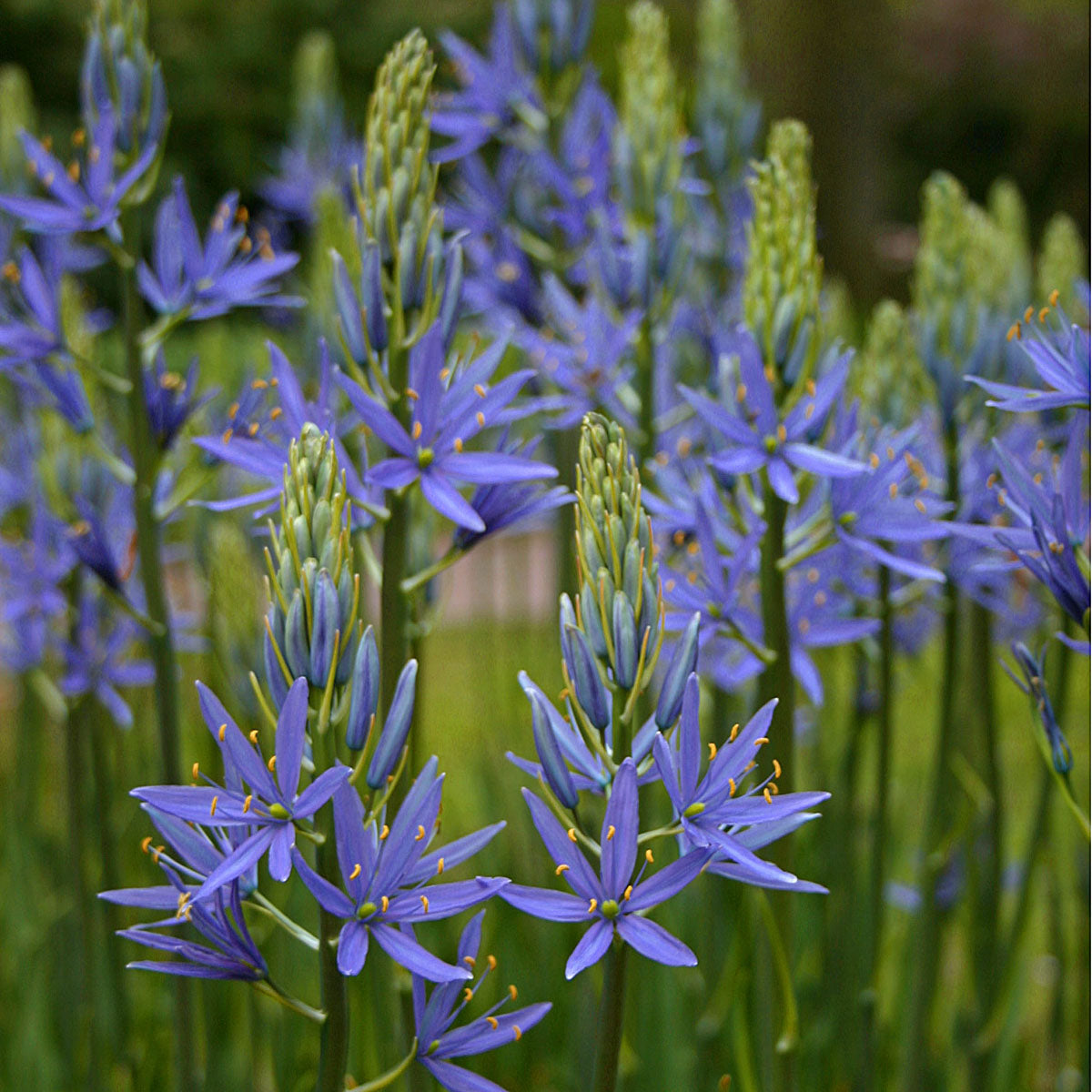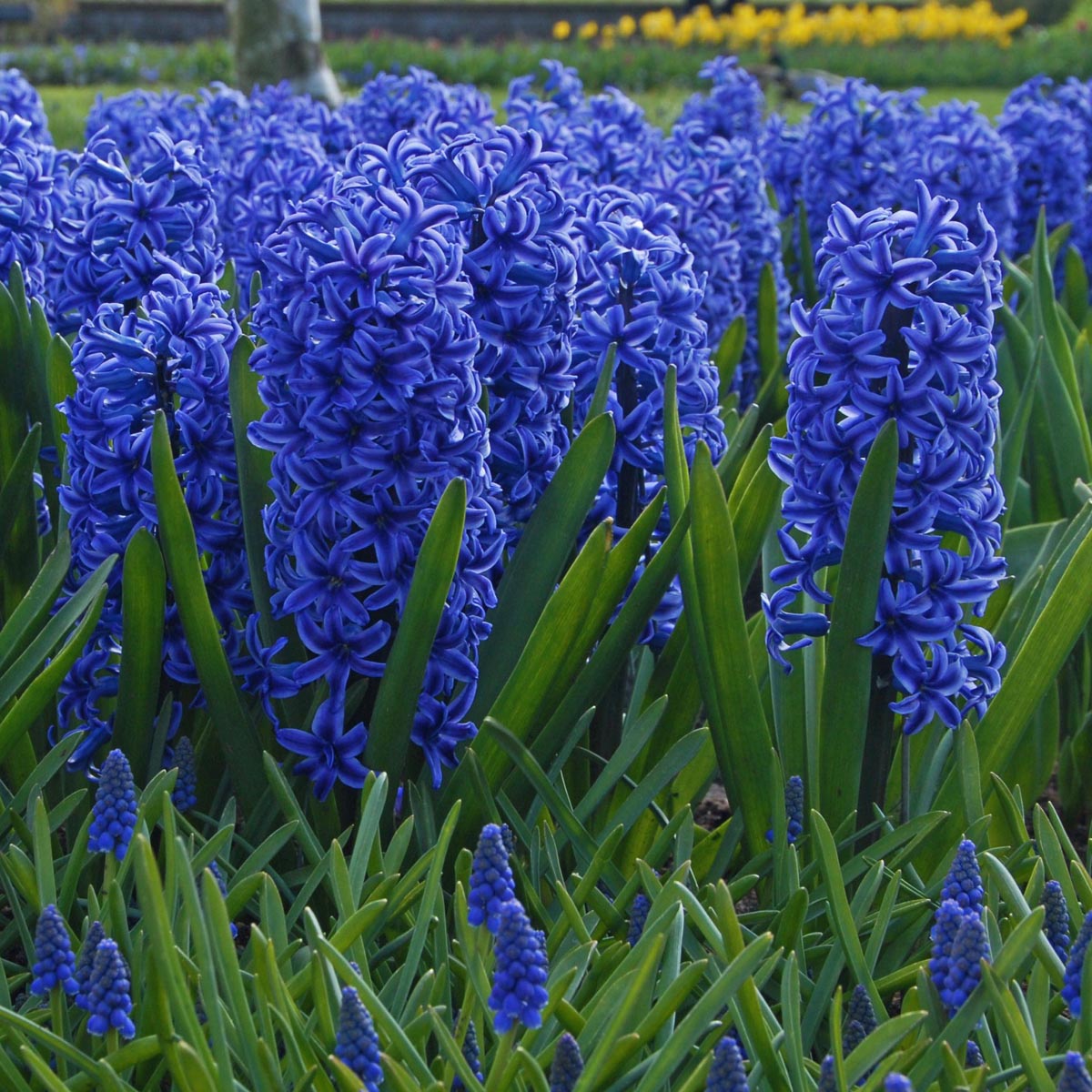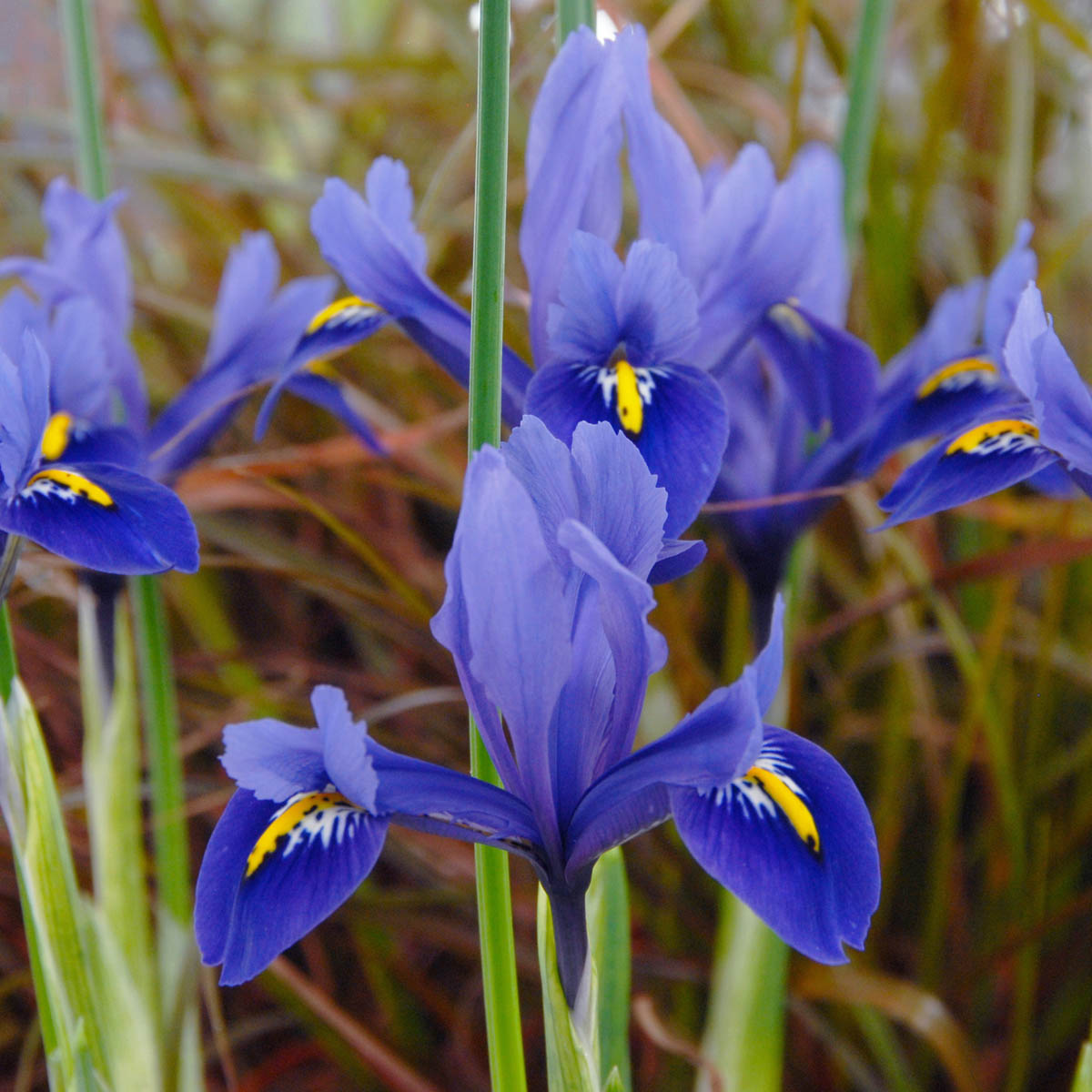
Bulbs have been with us for centuries in the Netherlands. Some species grow in the wild, like the daffodil, but most other bulbs were imported a long time ago. The history of flower bulbs is fascinating. The tulip, for example, travelled halfway around the world before it became a national symbol of the Netherlands. Fluwel is interested in the history of flower bulbs. On our site, you'll find fascinating information - but there's more!
We will not stop telling about the history of the bulb. That’s how Fluwel works: we like to share our knowledge with as many people possible. On our site, you'll find several articles on the history of bulbs:
- Flower bulb regions: Read more about how the bulb in the Netherlands gradually spread, with Haarlem as its first centre, from the old bulb regions to the new areas in North Holland province, where Fluwel is located.
- Tulip mania: the famous bubble in Holland’s Golden Age, when a tulip had as much value as a canalside house, just before the market collapsed.
- Trade: An international market that grew from a local economy to big business all over the world, Fluwel being an important player in that trade.
On this page you will find a brief overview of the history of flower bulbs. It gives you an impression of the long tradition Fluwel is a part of. We are proud of that tradition, that's why we are so excited about it!
Flower bulbs of the past
Flower bulbs have enchanted people for a long time. Some species are native in relatively cold Northern Europe, such as the snowdrop, a distant relative of the modern daffodil. Snowdrops mark the end of winter. People believed these flowers had special properties, they were said to predict the weather or to promise periods of prosperity. That flower bulbs existed abroad that were even more special was not known yet.
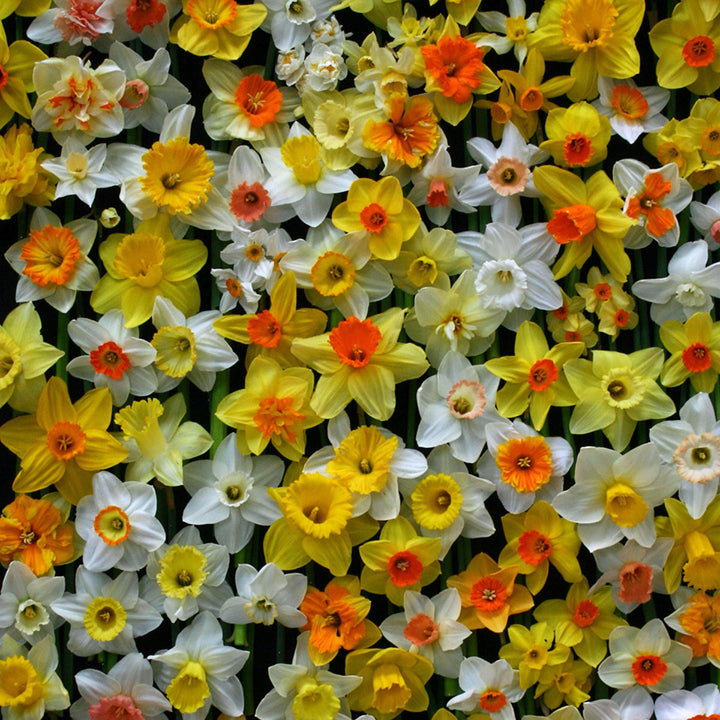

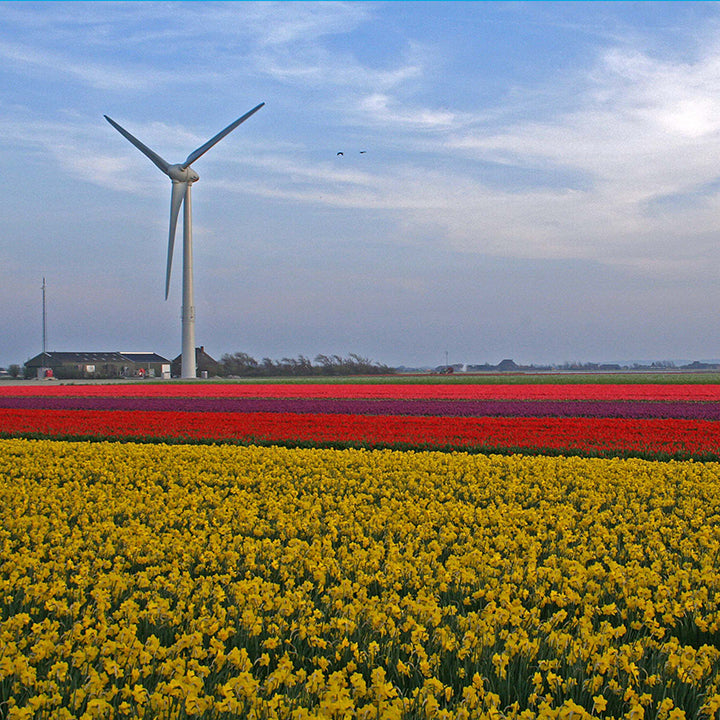
Globes and world travelers
All over the world special flowers grow, often out of sight of most people. Tulips originally grew in the Himalayas. They were picked up there by early traders. In Turkey, the tulip soon received a special status. The sultans of the Ottoman Empire, as Turkey was called by that time, had their palaces adorned with tulips. The flower bulbs had great value. This value made people in Western Europe interested...
Carolus Clusius, born Charles de l'Ecluse (he came from northern France), was the first to bring the tulip to the Netherlands, where he worked for the University of Leiden. He was not aware that he founded the modern cultivation of flower bulbs. New, strange daffodils came from southern Europe (e.g. the Balkans) and were crossed with native species here. Breeding and hybridization were the starting point: bulbs would become an economy in itself.
Bulbs in the Netherlands
The Netherlands are a country of flowers. That has been true since the Golden Age. Then the tulip was introduced by Clusius. But how Dutch is the whole story? Clusius came from the northern French Arras, the man who told him of the tulip came from near Lille. But these areas were part of the county of Flanders by the time (not to be confused with the current Belgian region). The economic focus was on the north. The tulip was brought to Leiden since Holland was one of the wealthiest regions of the world in those days during the Dutch Golden Age.



Tulip mania
It all started with a theft: from the botanical garden of the University of Leiden, where Clusius grew his tulips, a handful of tulip bulbs was stolen. They were bred and hybridized, until numerous varieties of tulips arose and many growers invested in this trade. The tulip was a hype that attracted many investors. Those who had money – and a lot of people in the Golden Age did – invested it in special tulips. Some tulips had enigmatic colours or different shades that had to be expensive!
The hype is now known as tulip mania. Mania, because it all went wrong. Insane amounts of rare tulips were offered. People planned to breed these tulips so that they could earn their investment back. But soon scientists found that these "special" tulips were often sick, as a result of a virus that caused the unusual colours. The flower bulbs themselves were rotten, worthless. The bubble burst. The investors were left bankrupt.
Bulbs remain - recent history
For bulb growers, the tulip mania was a heavy blow. Their trade was suddenly infected; they were distrusted by the public and by the remaining investors. The only way of maintaining the flower bulb trade was being honest and open about their product. Shady dealers disappeared from the scene and bulb cultivation became a fair trade. The core was the sandy area between Leiden and Haarlem, which is still known as the "Bollenstreek" (Bulb region).
Urbanization and increasing ground prices left the flower bulb cultivation more and more fragmented. In the twentieth century the great exodus began: bulb growers moved to other, more appropriate areas. In particular, the north of North Holland province became an important flower bulb area: between Alkmaar and Den Helder, but also on the island Texel and around the village of Limmen, the sandy soil colours red, purple, yellow ... A new bulb region was born. This is where Fluwel is located.



Land van Fluwel
The large farmhouse of Fluwel can be seen clrealy when you drive over Burgervlotbrug’s roundabout. Between the canal and the dunes along the North Sea coast you will find the tiny sultanate of Fluwel, a world full of flower bulbs. Fluwelland ('Land van Fluwel'), a theme park about tulips, is located in Sint-Maartensvlotbrug. Here you can experience yourself how tulips conquered the world. Of course you can also buy bulbs here, as in our web shop.



 Deutsch
Deutsch English
English Nederlands
Nederlands